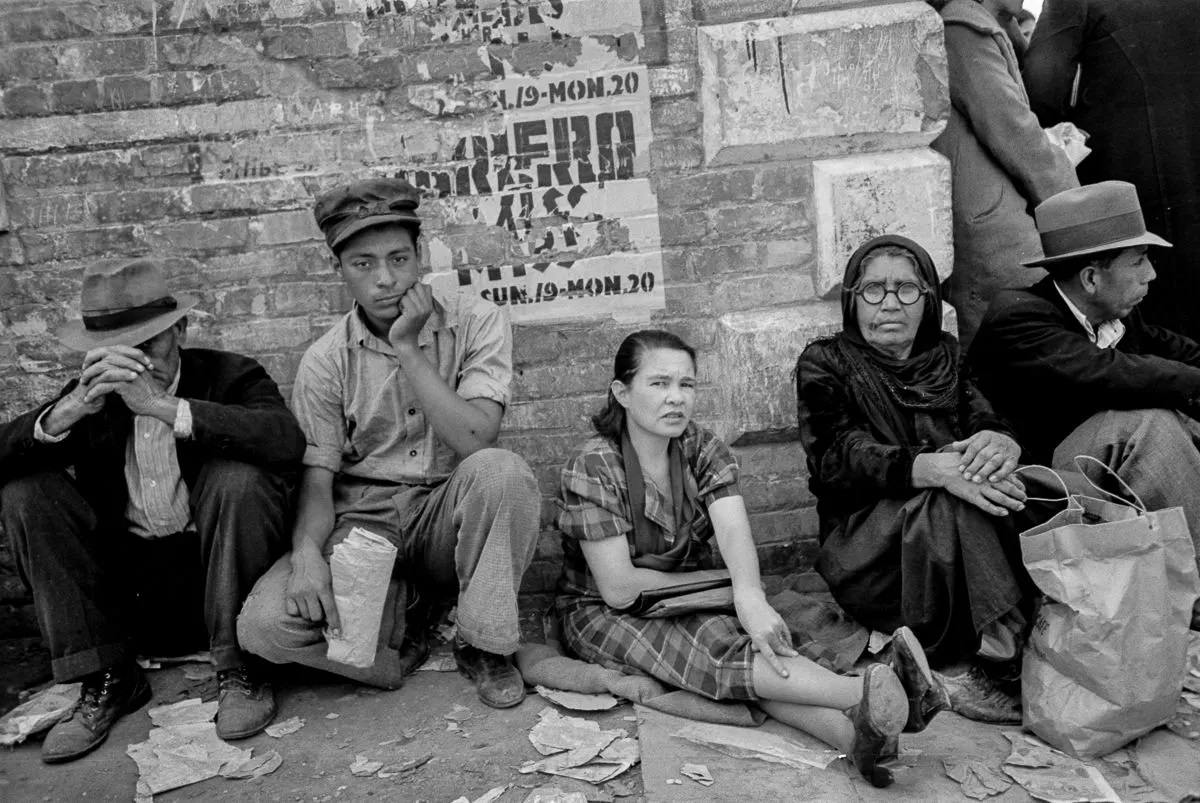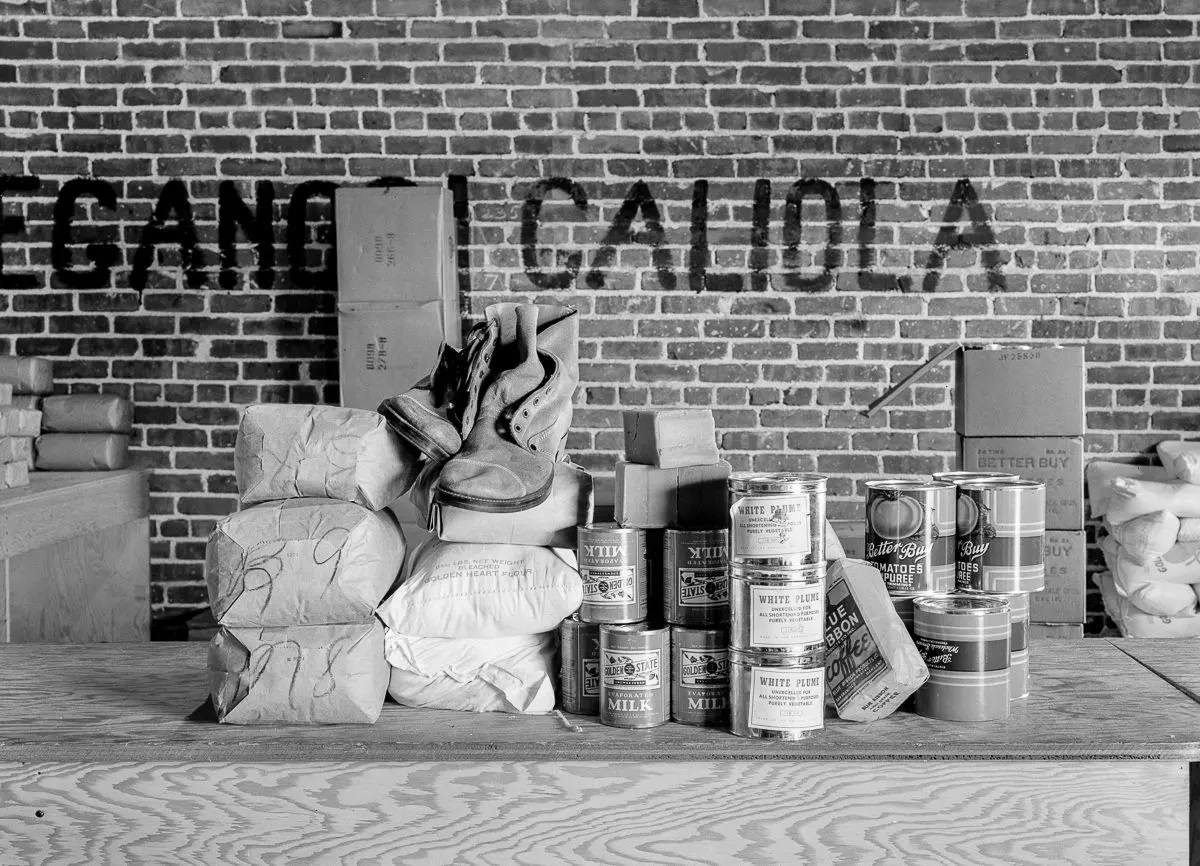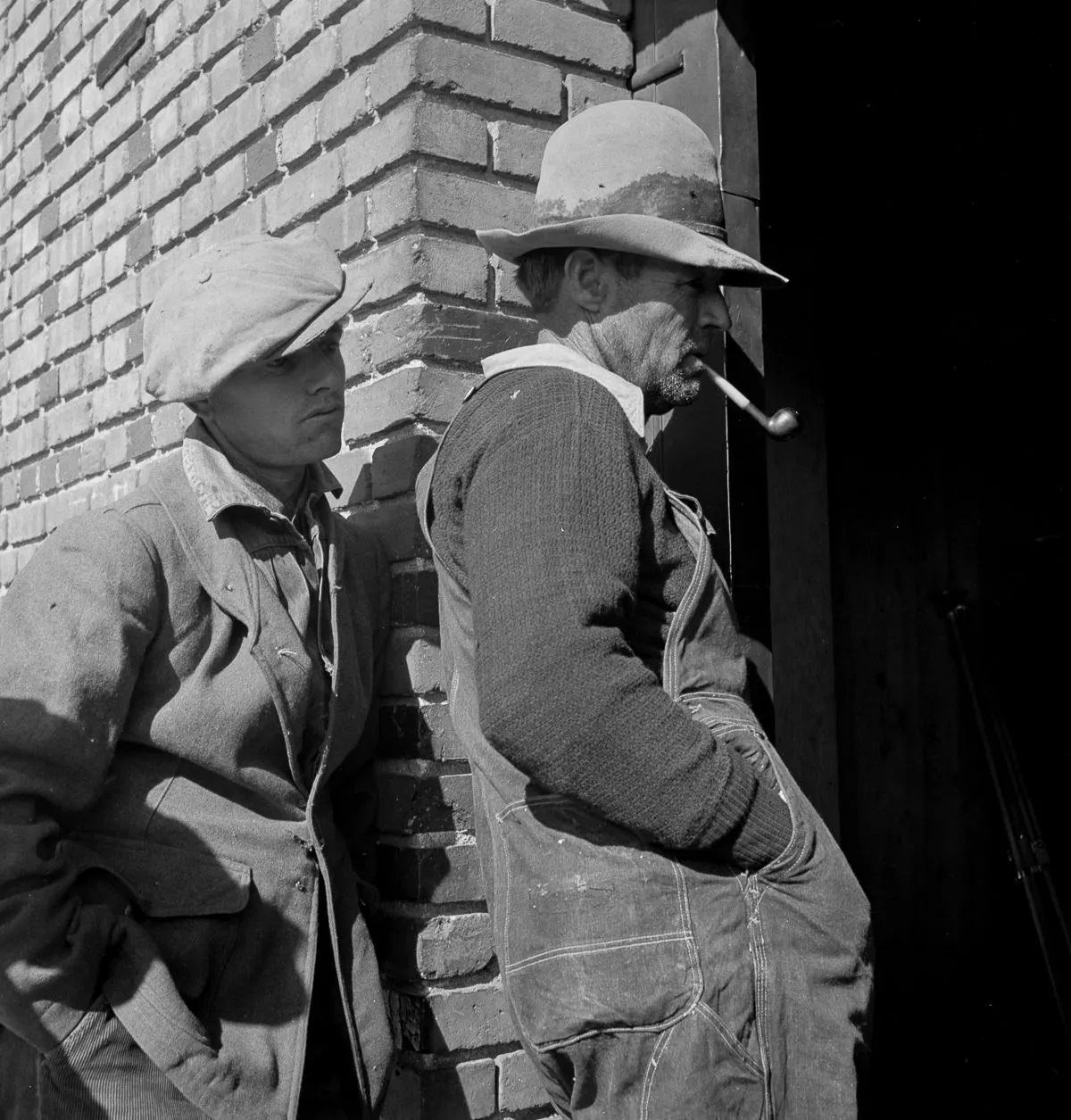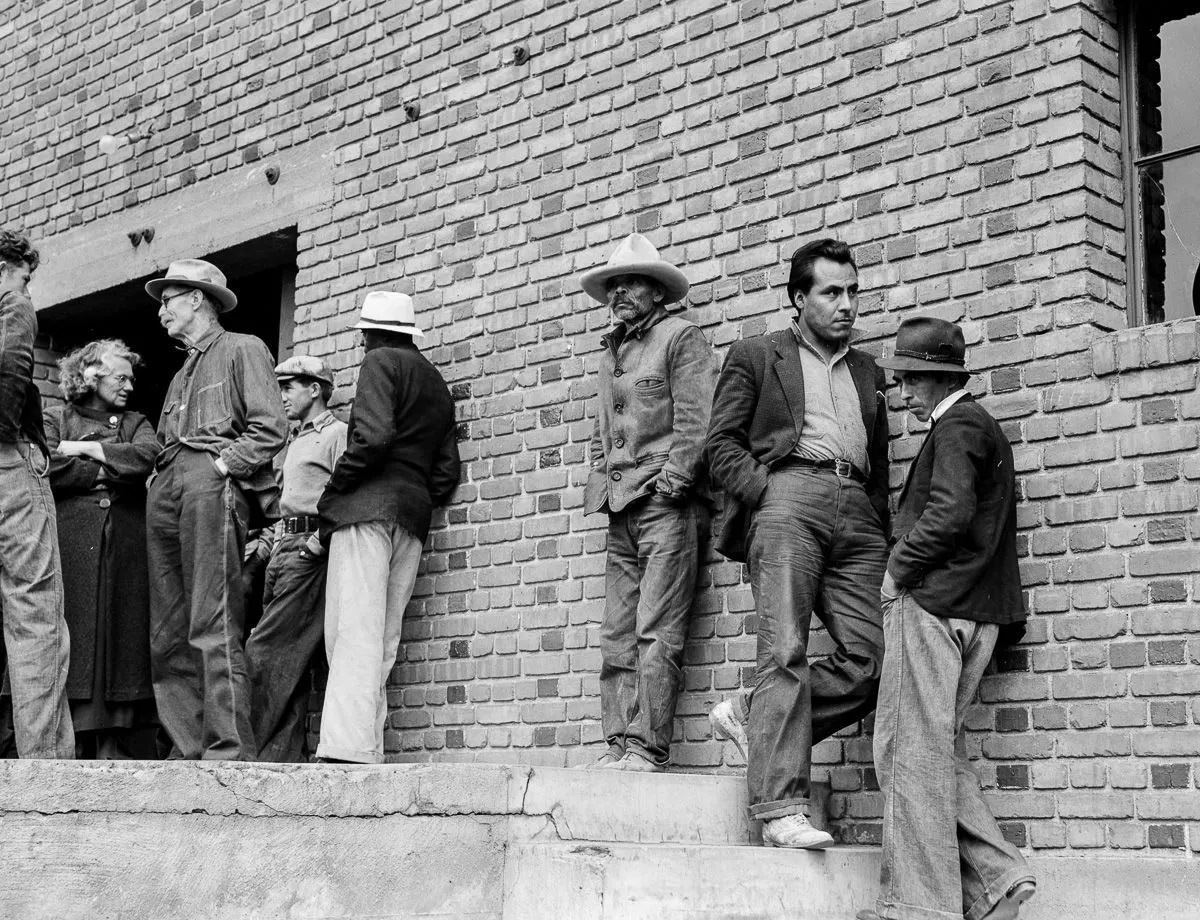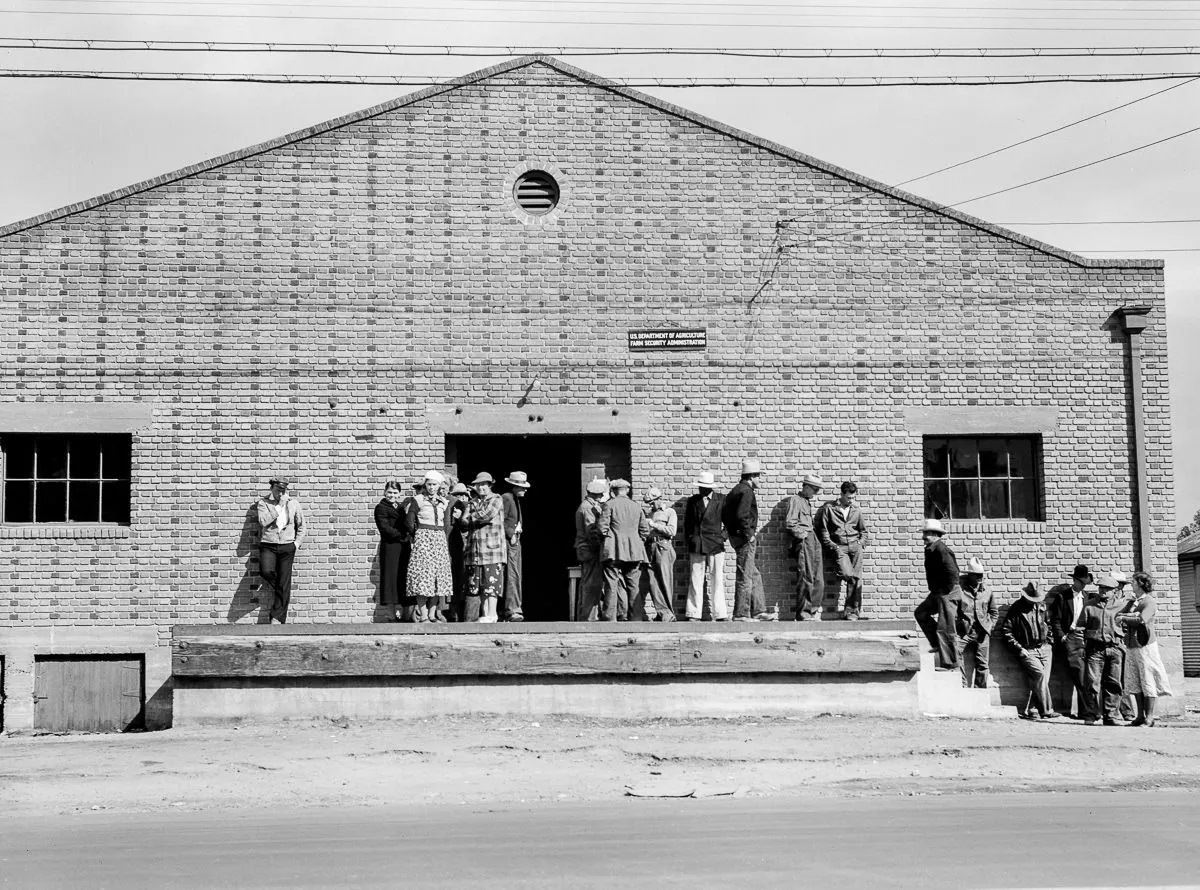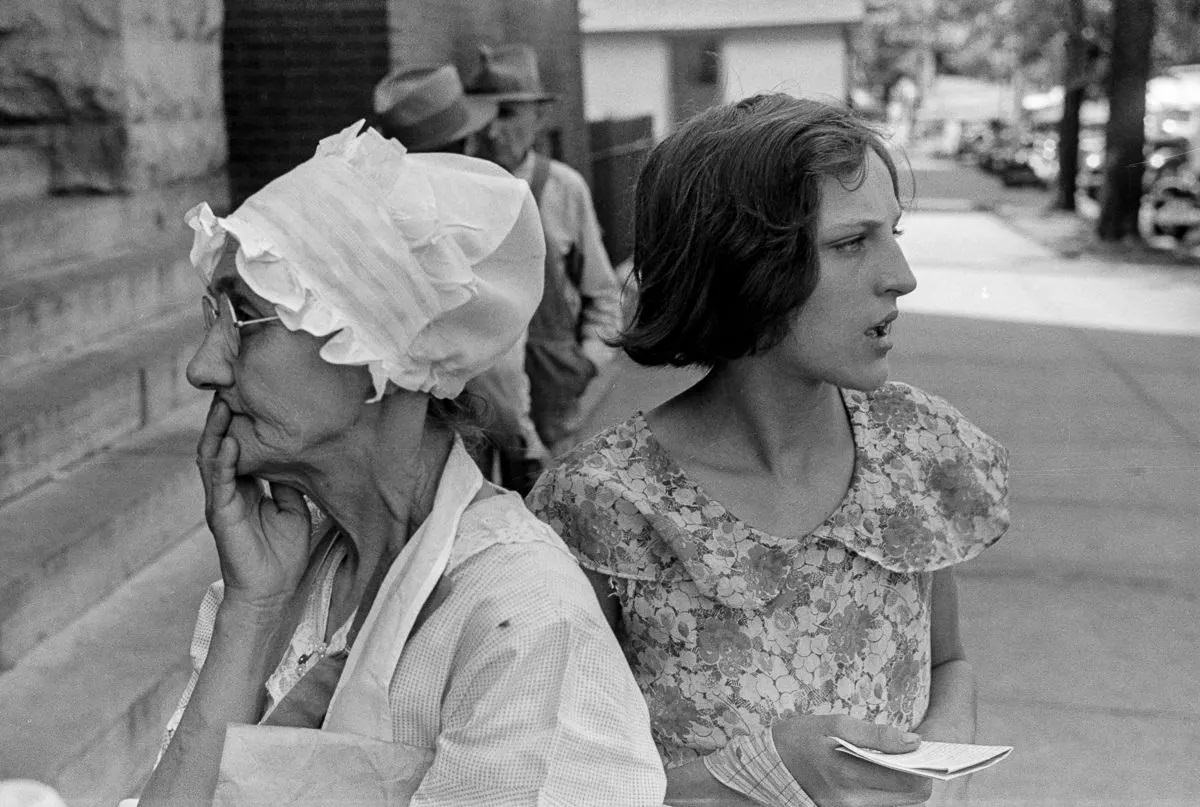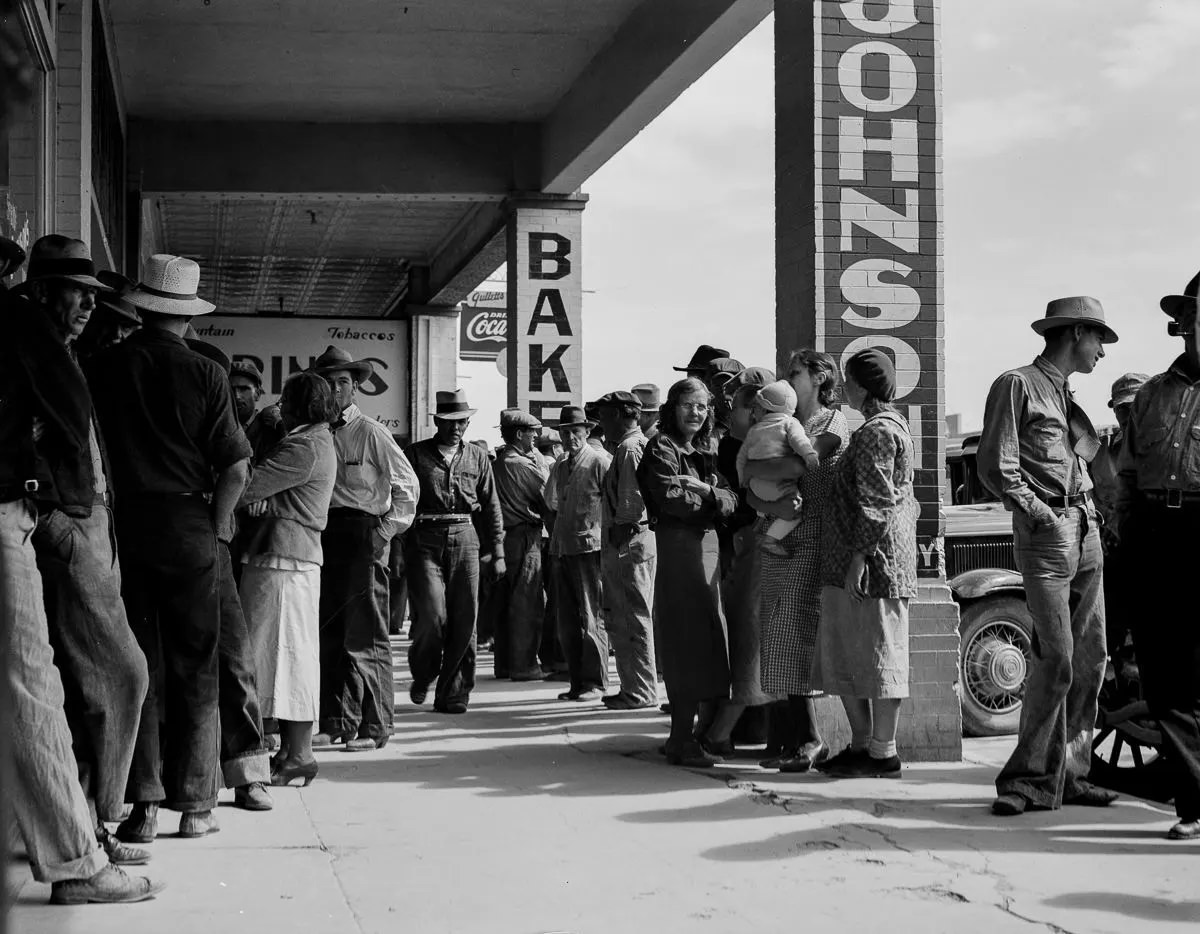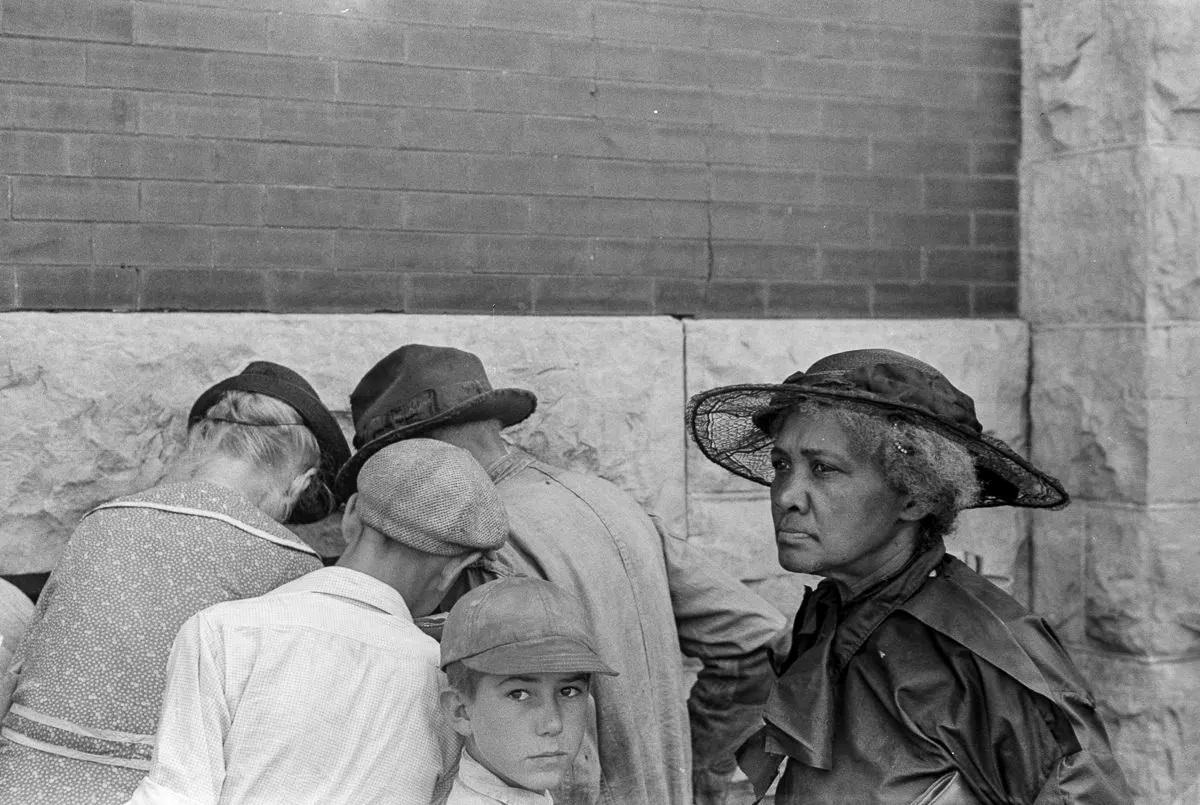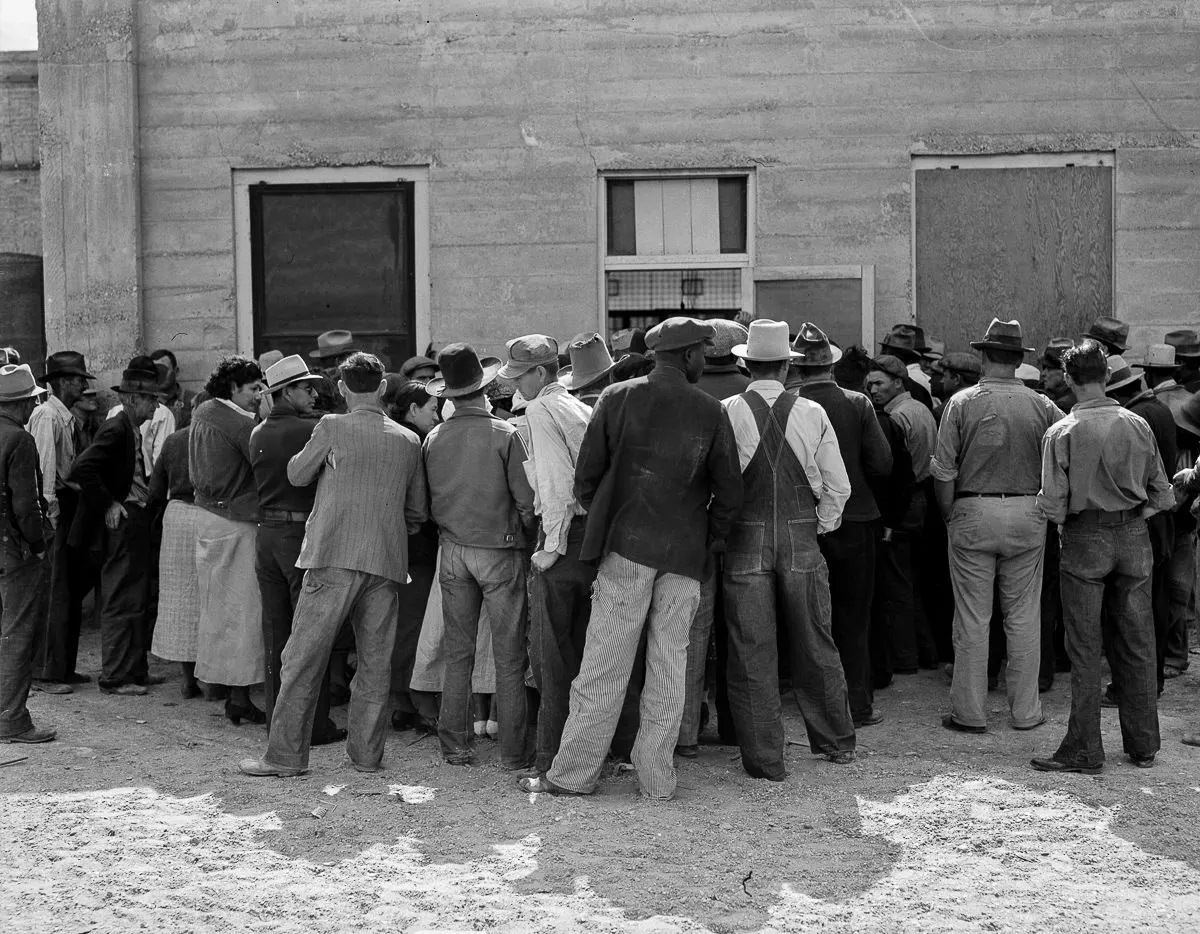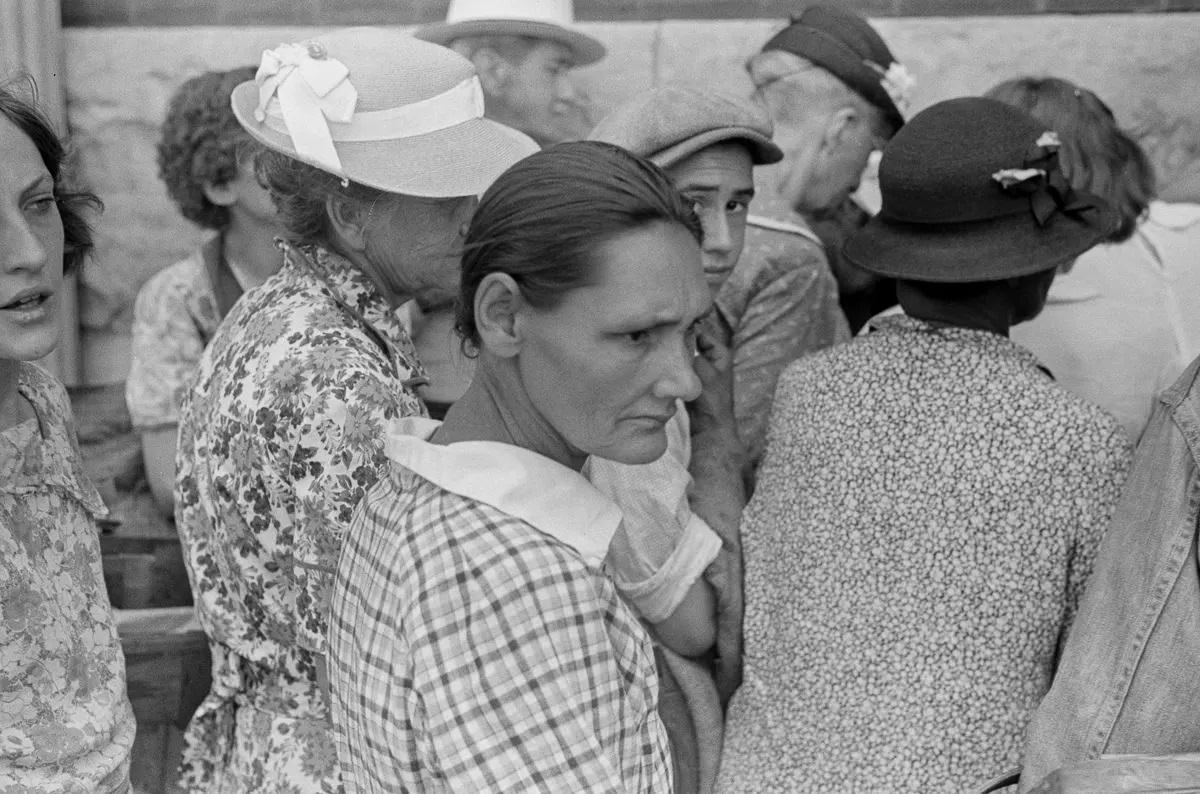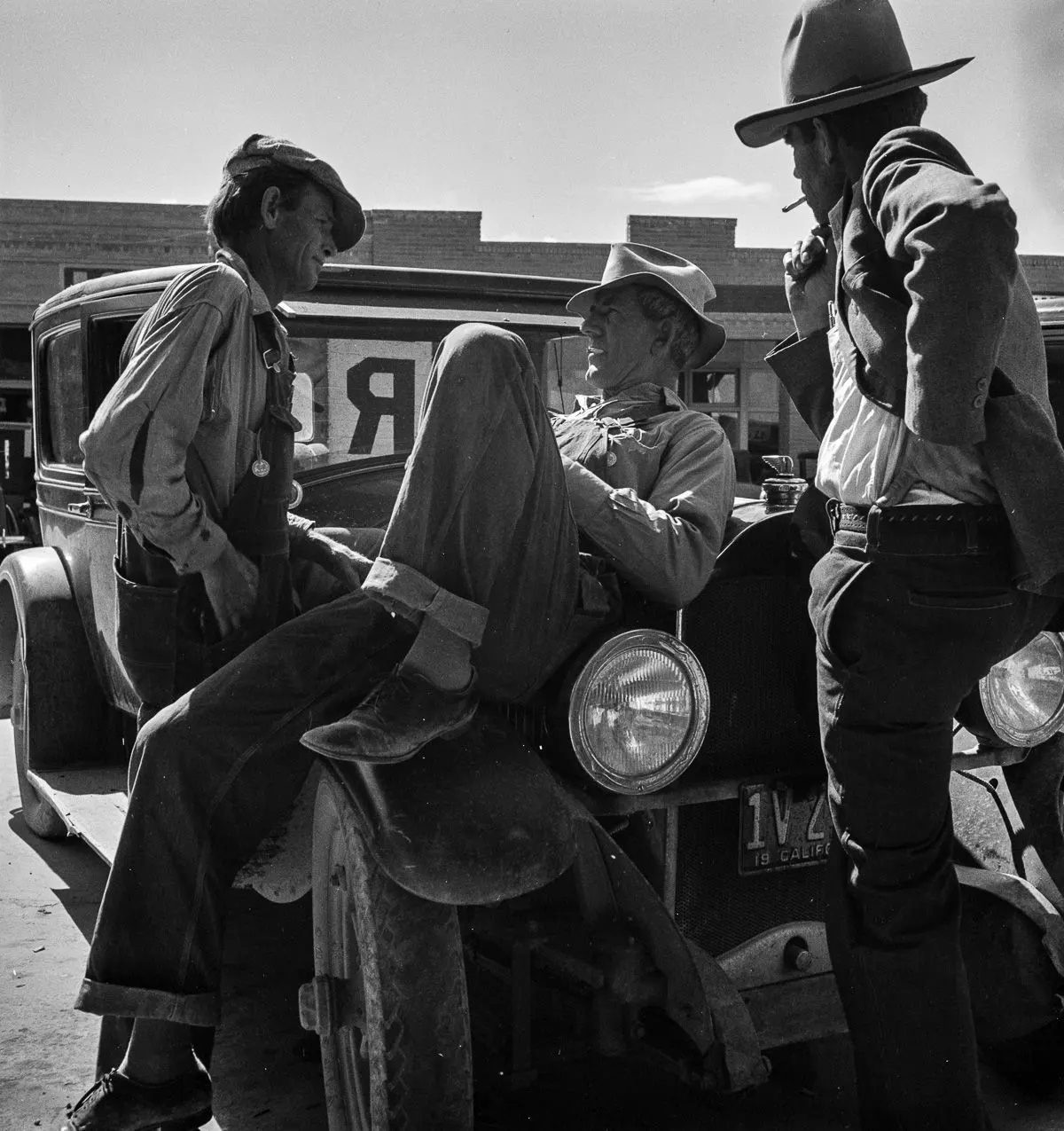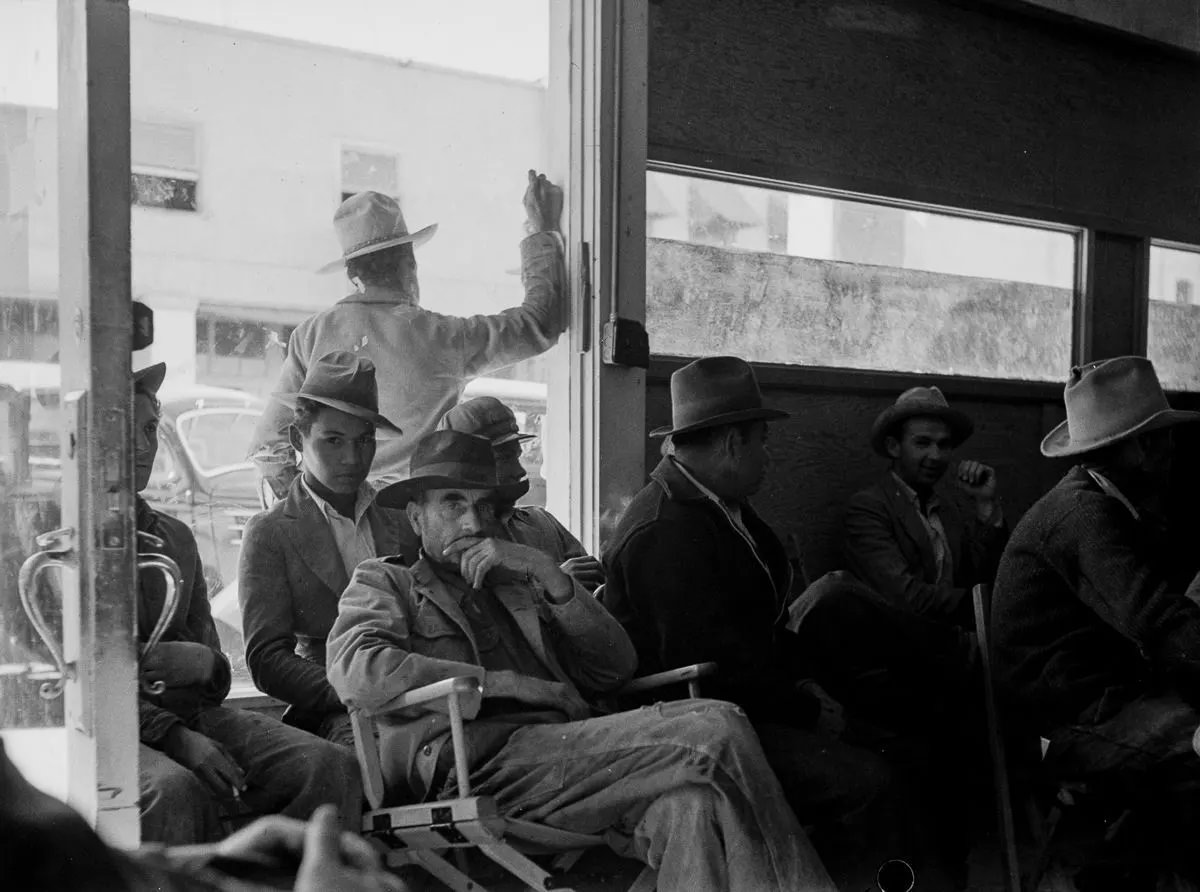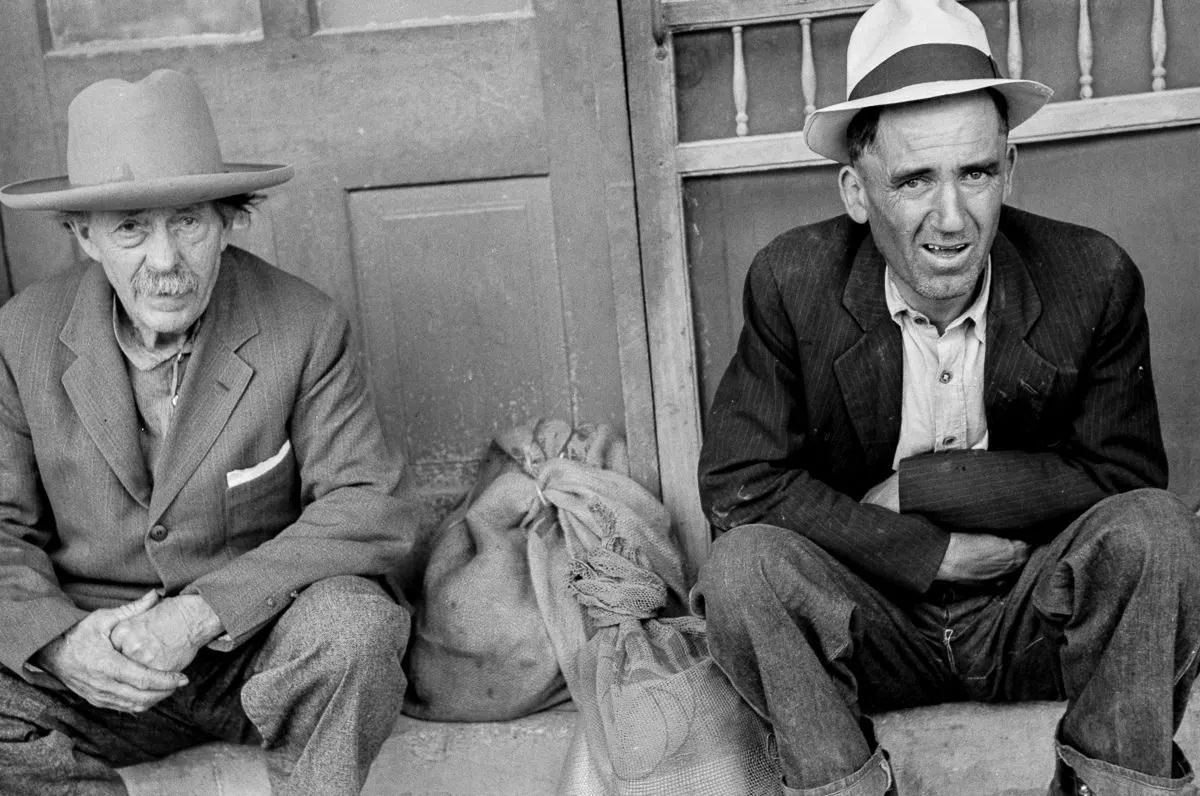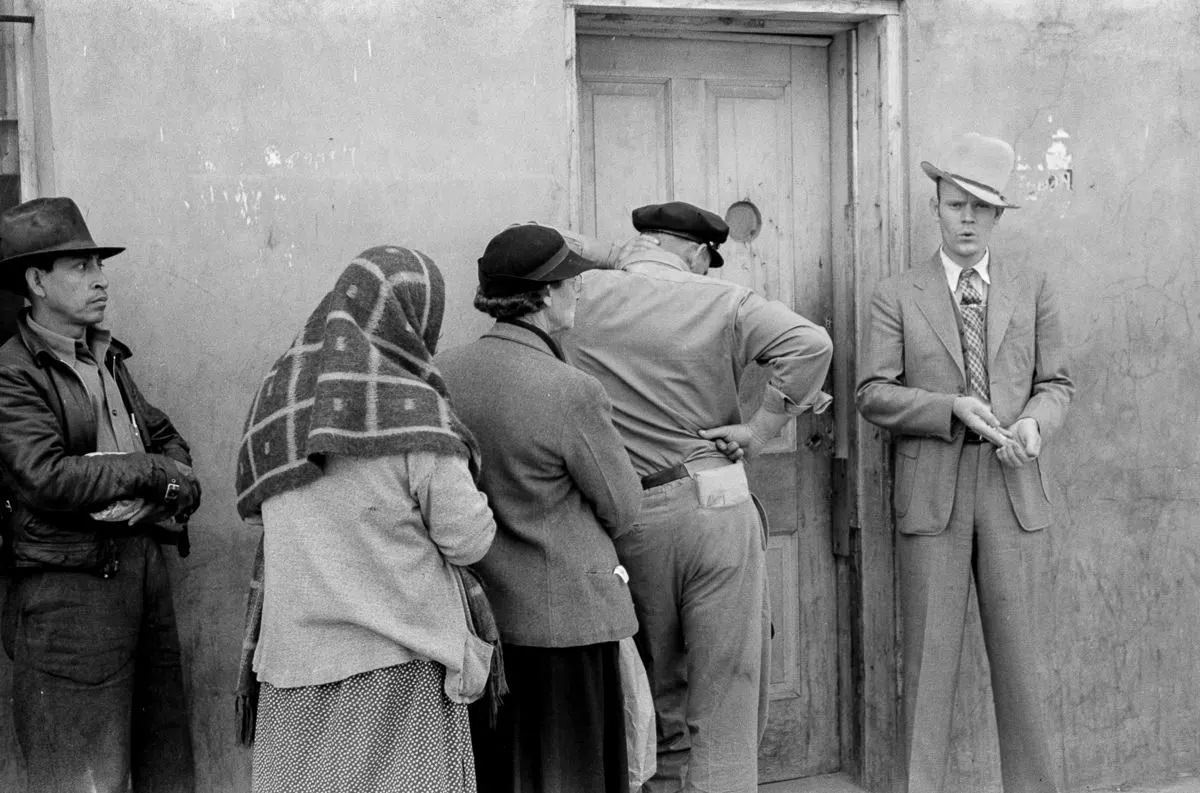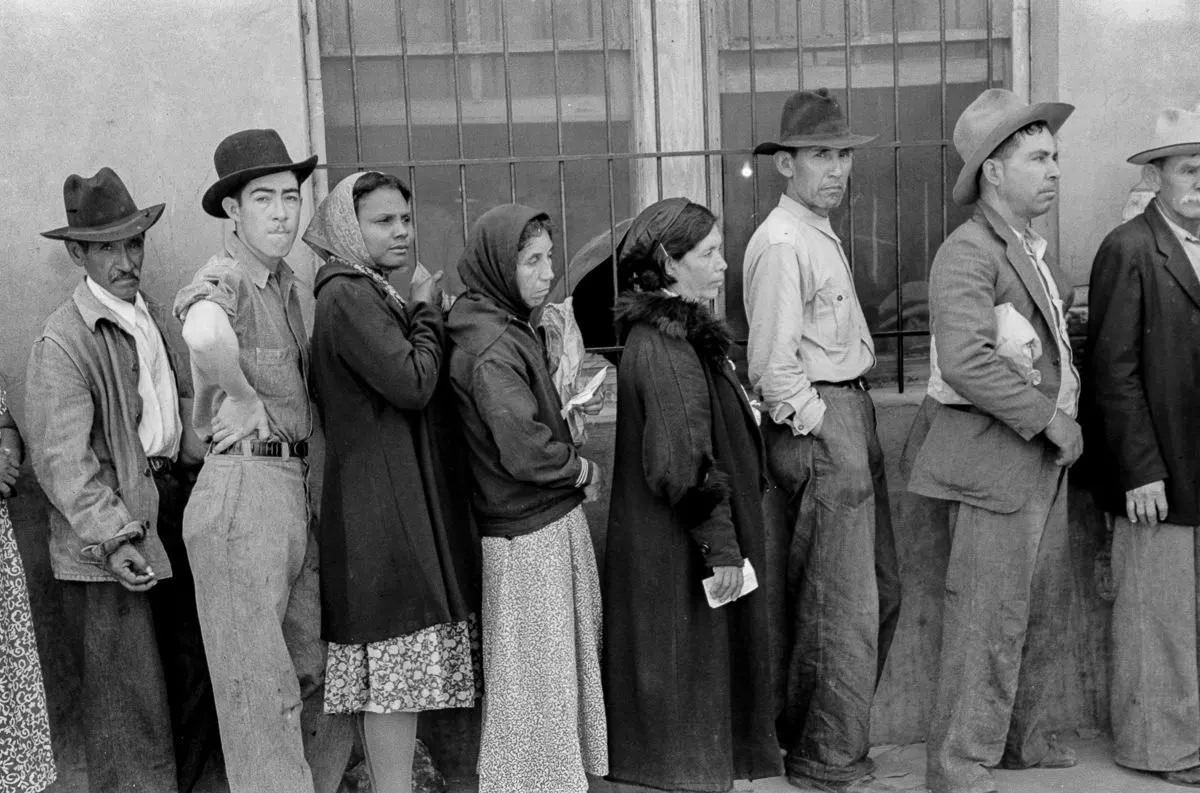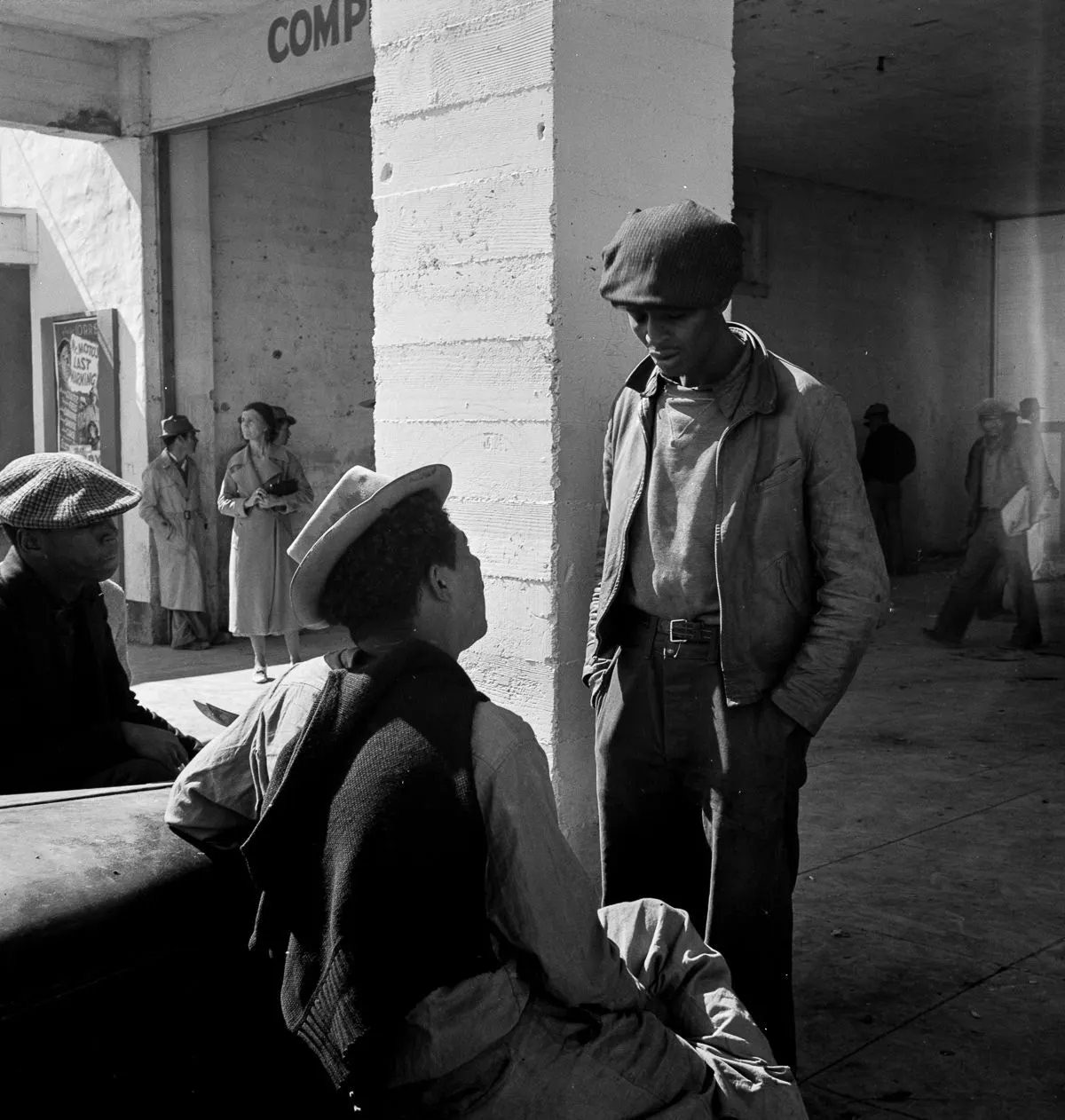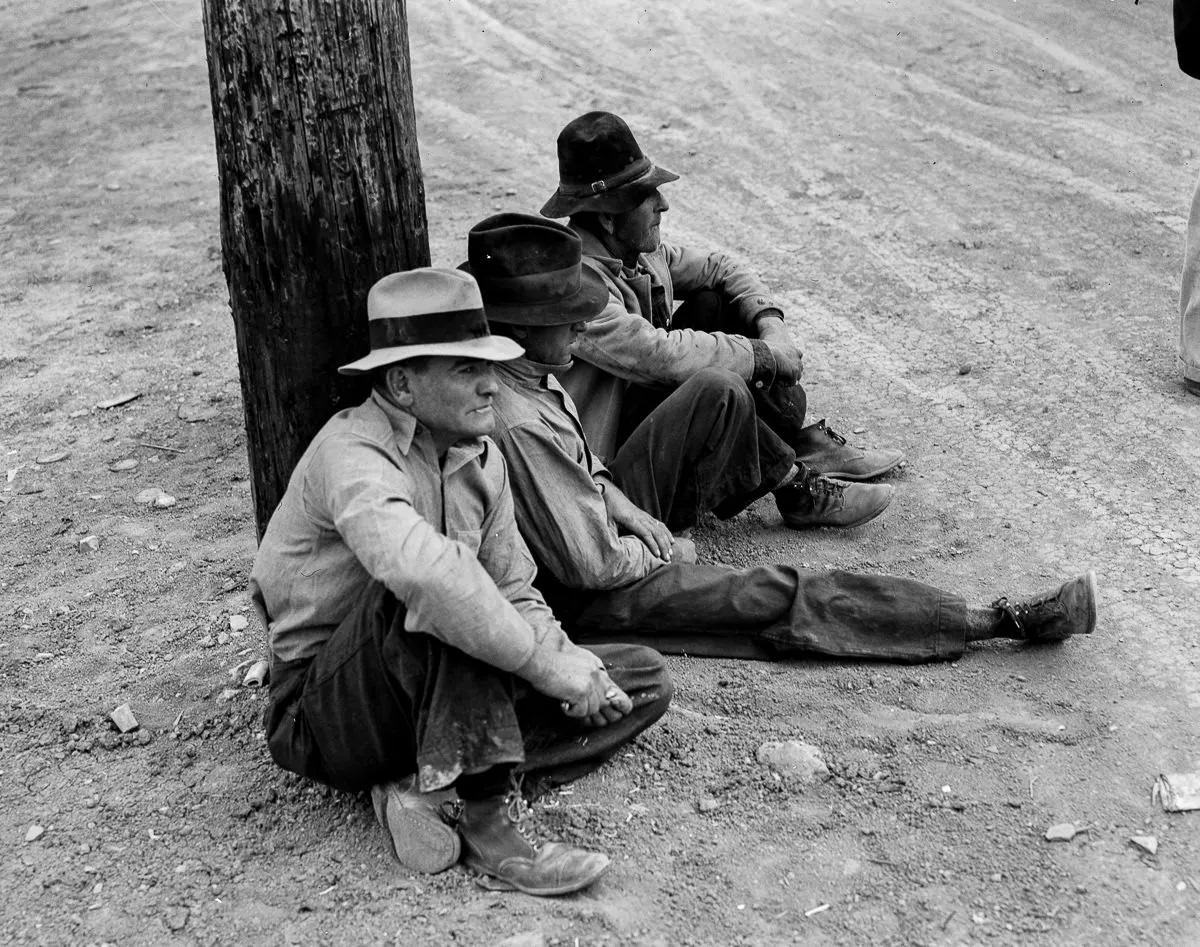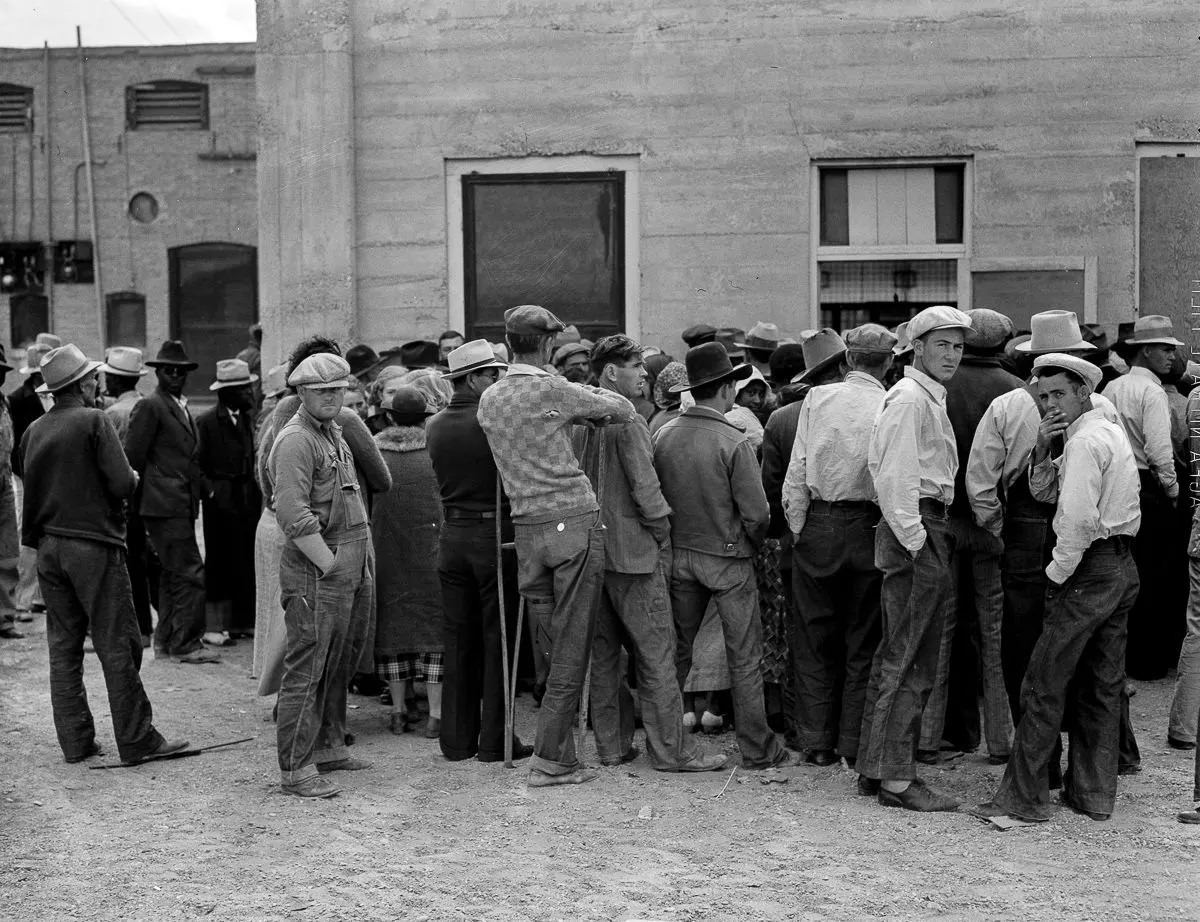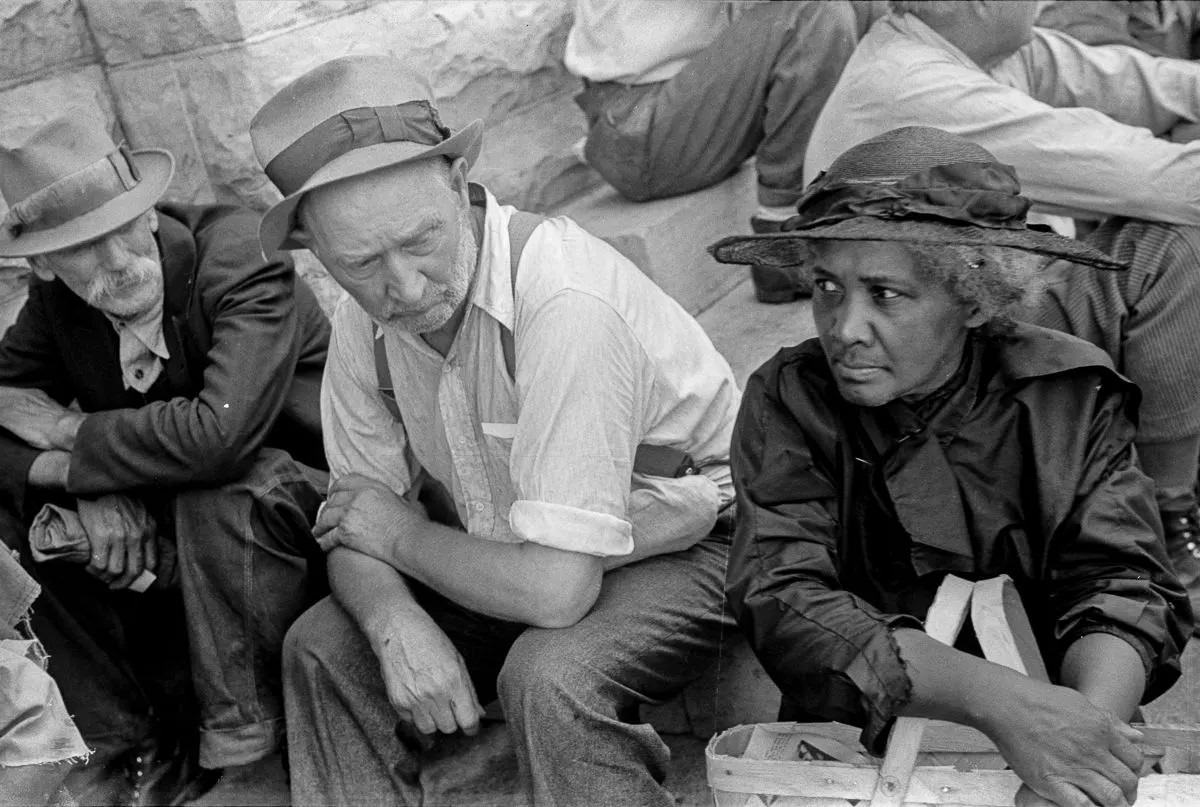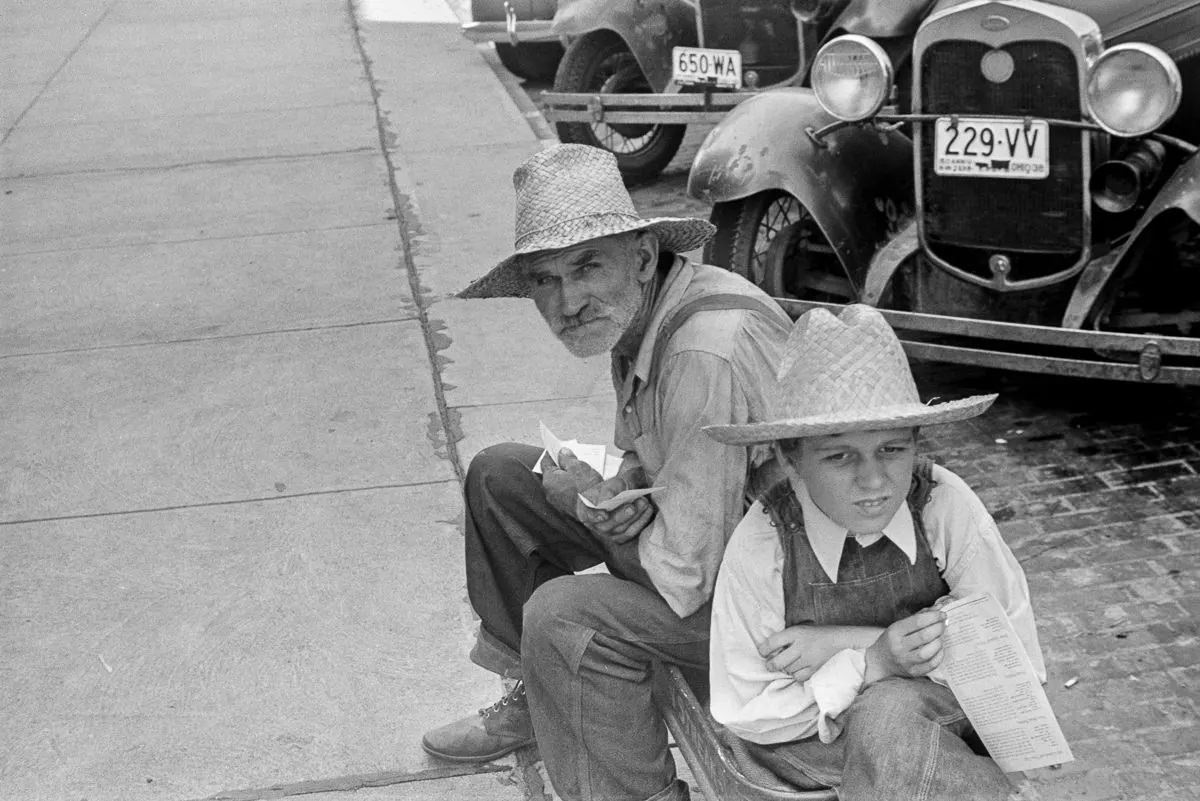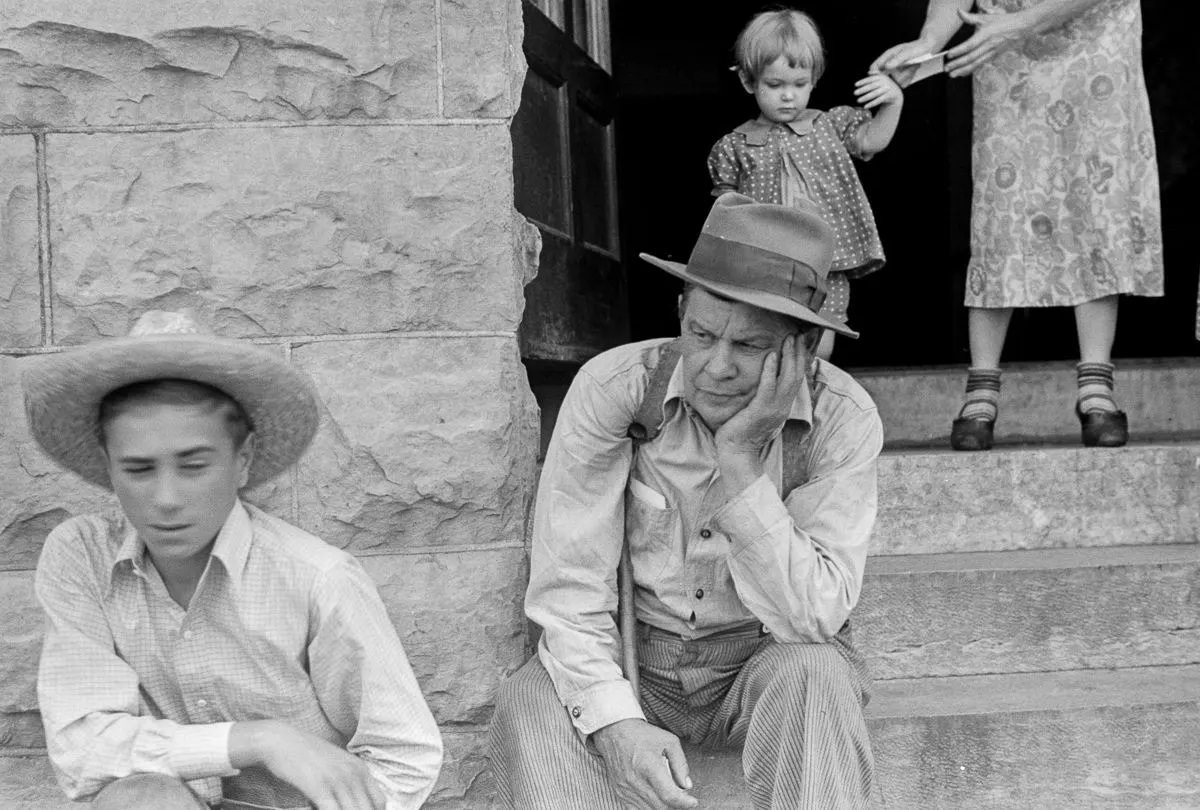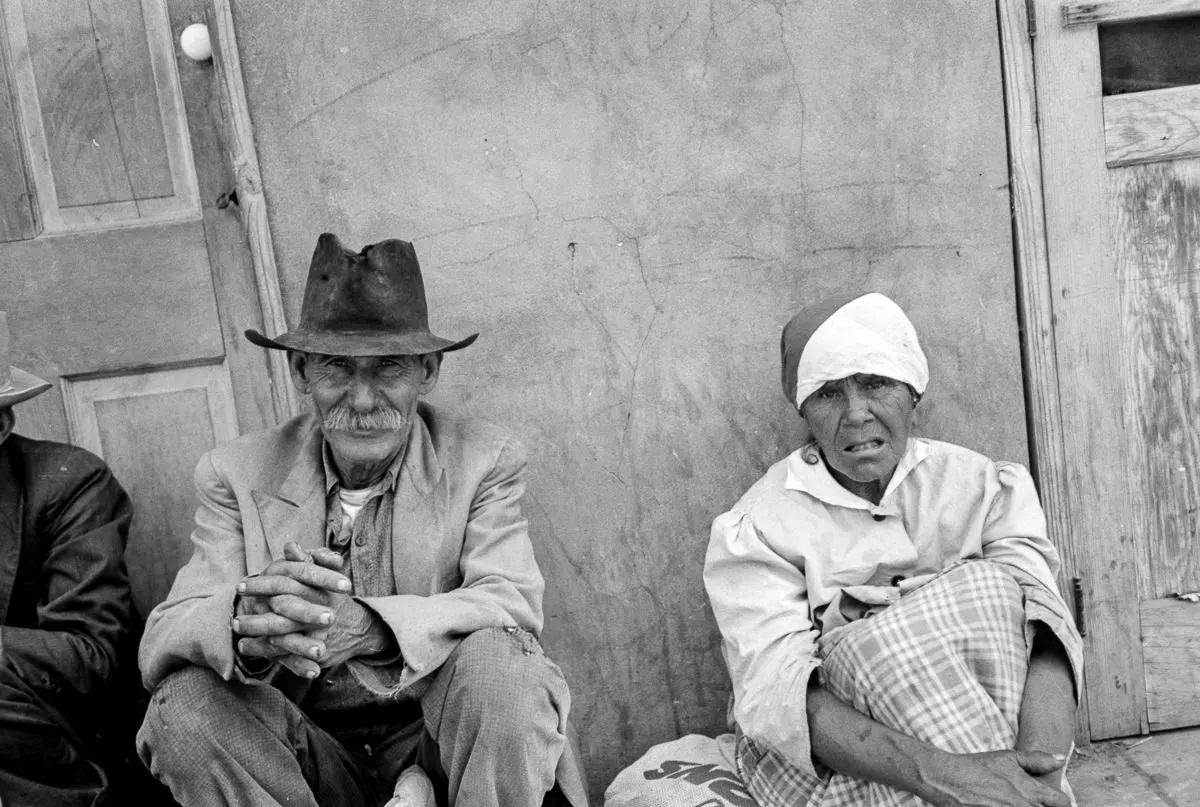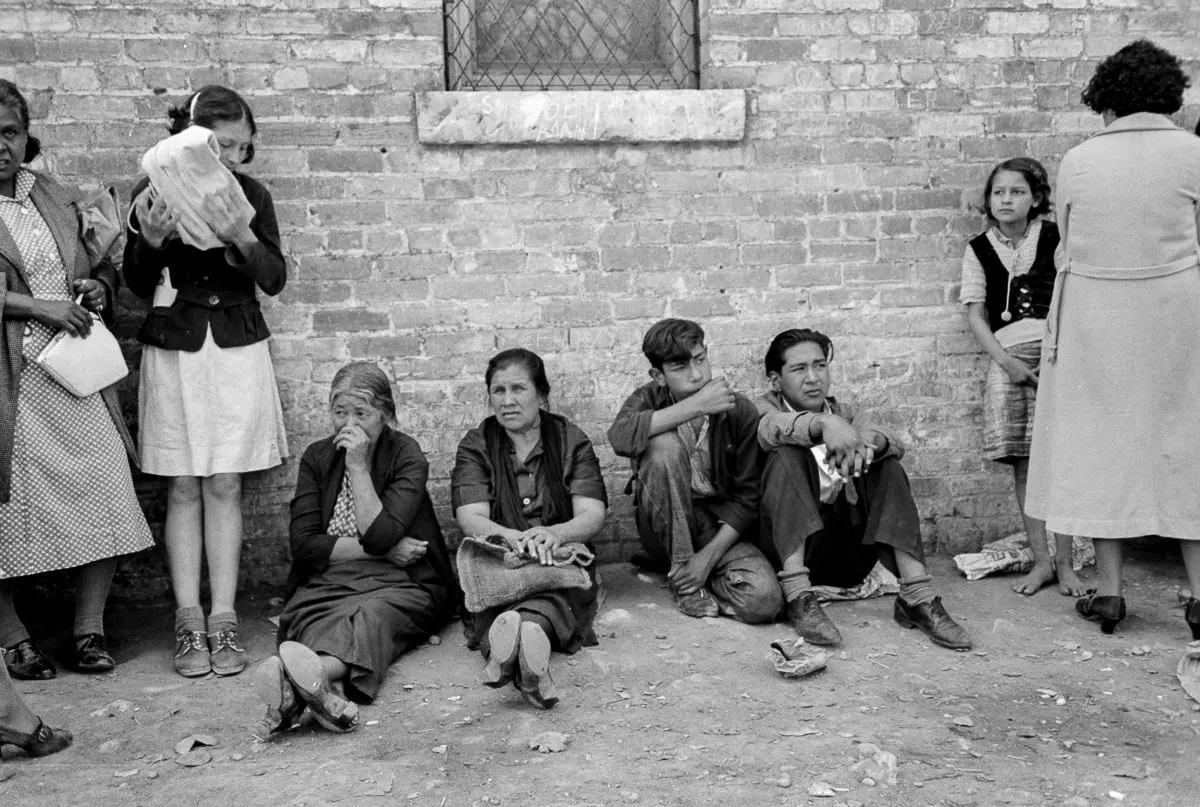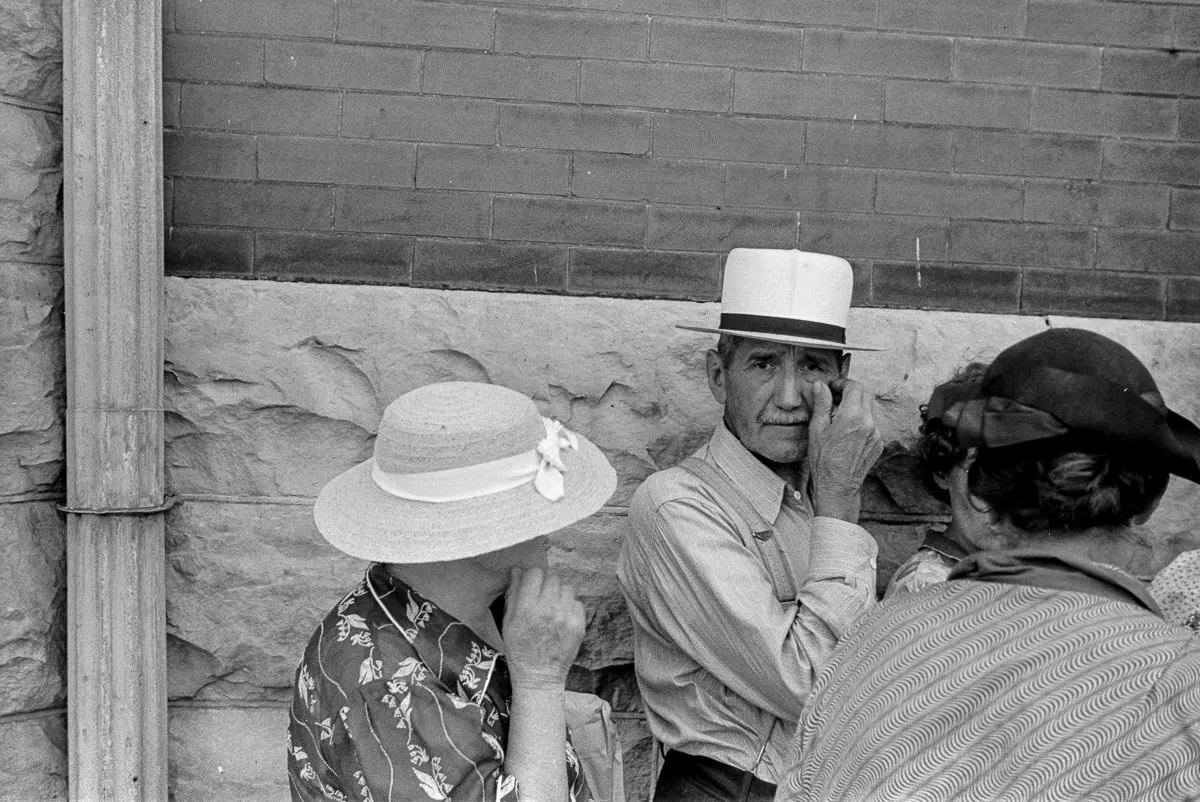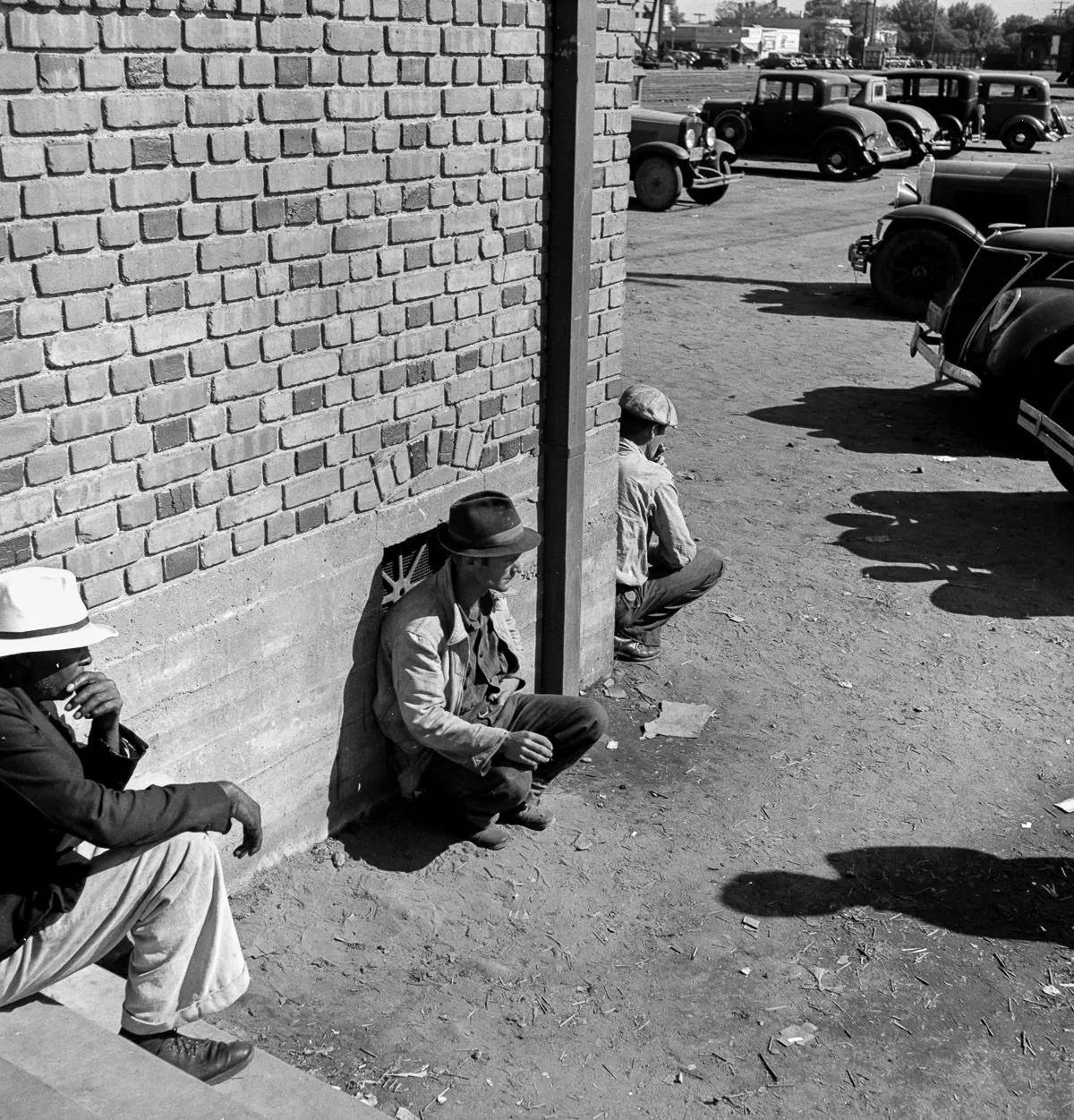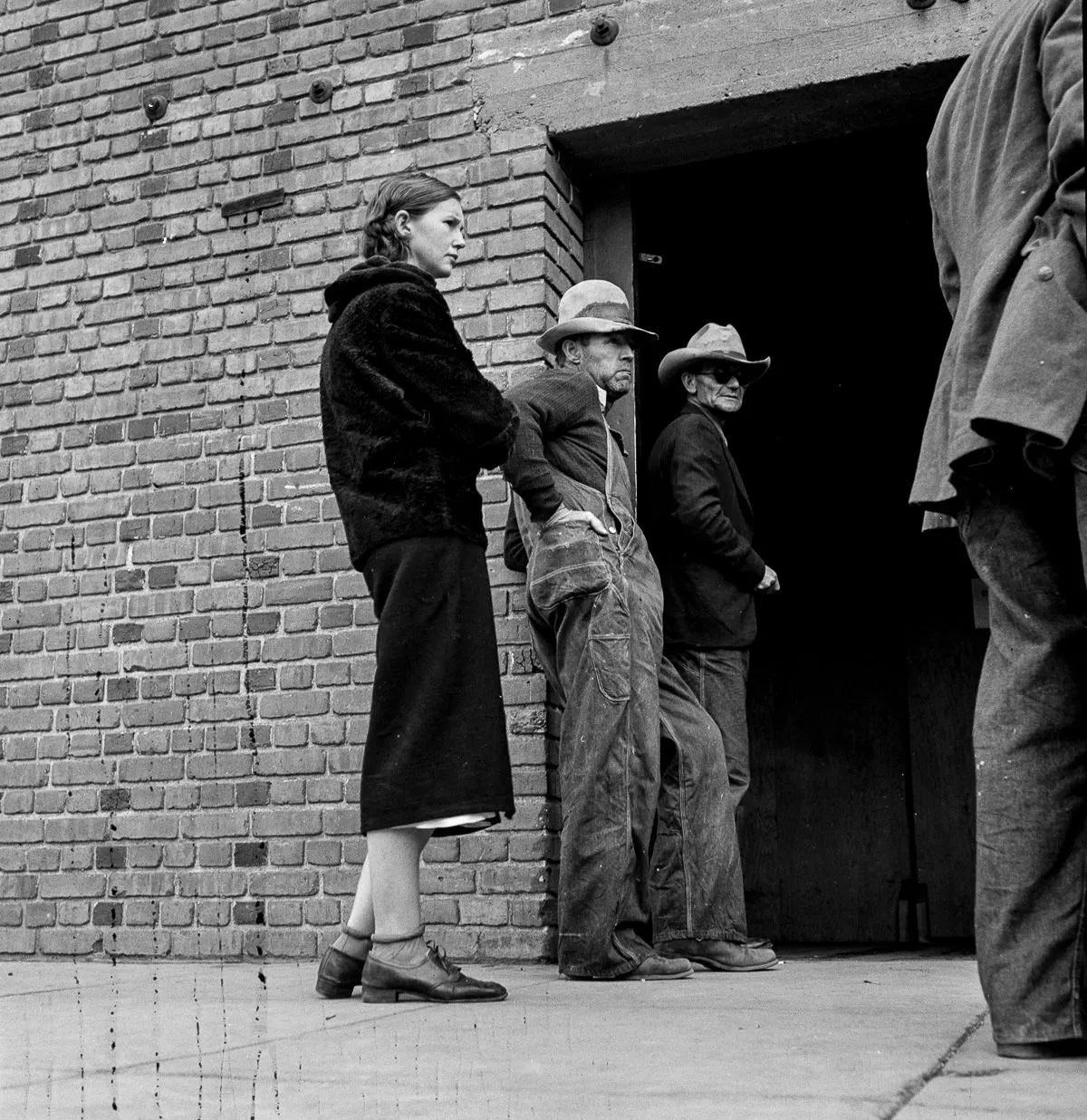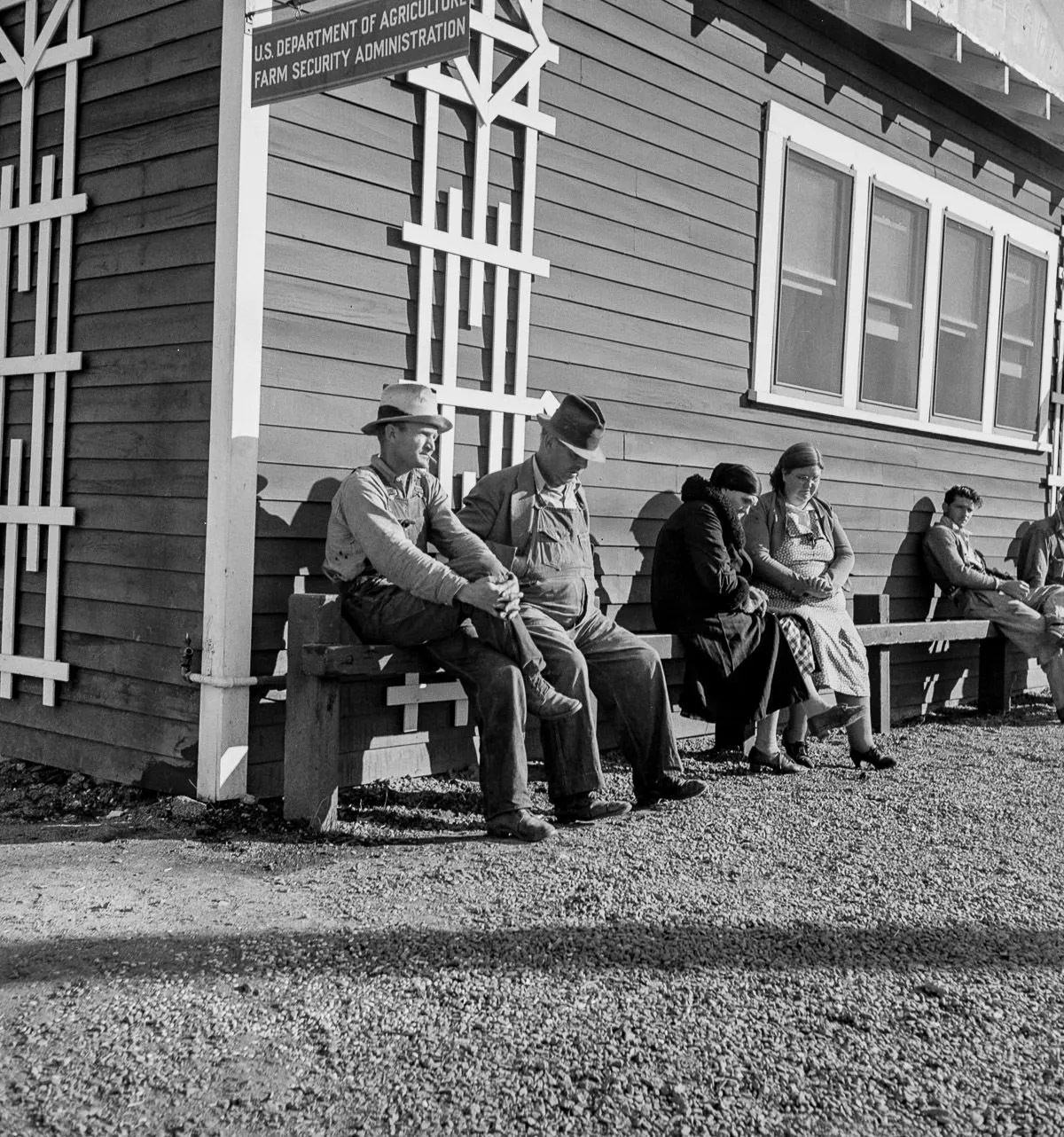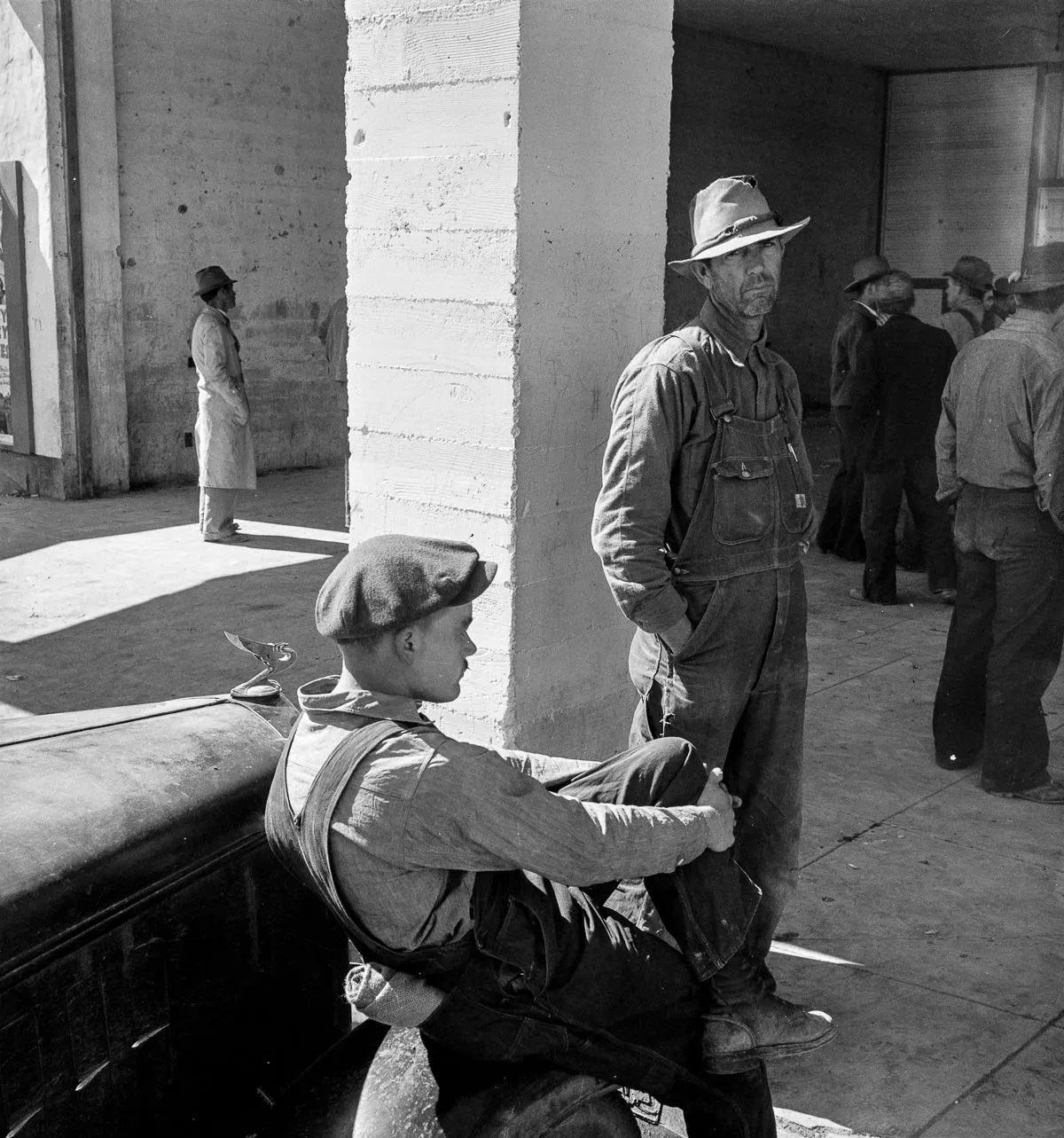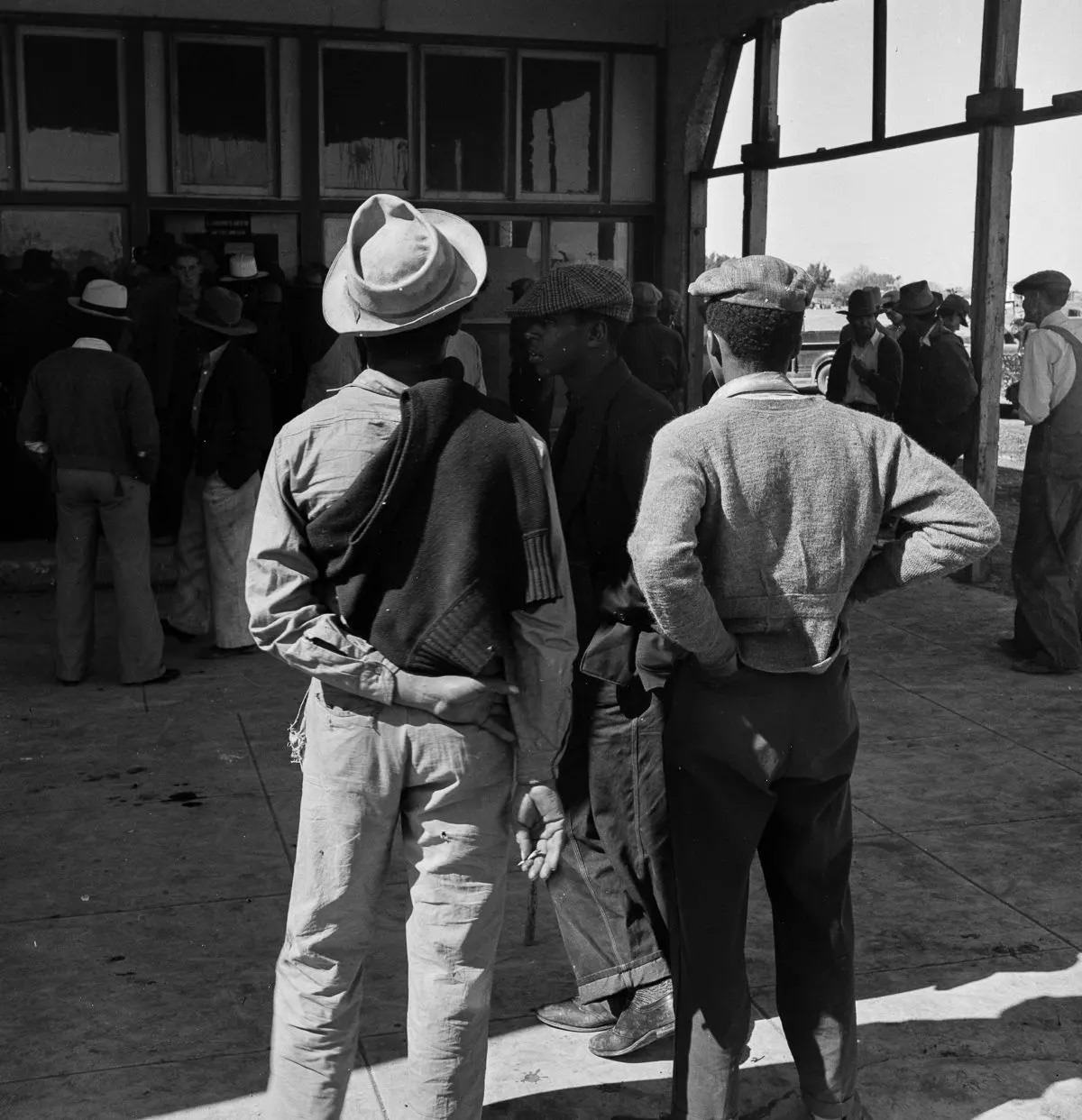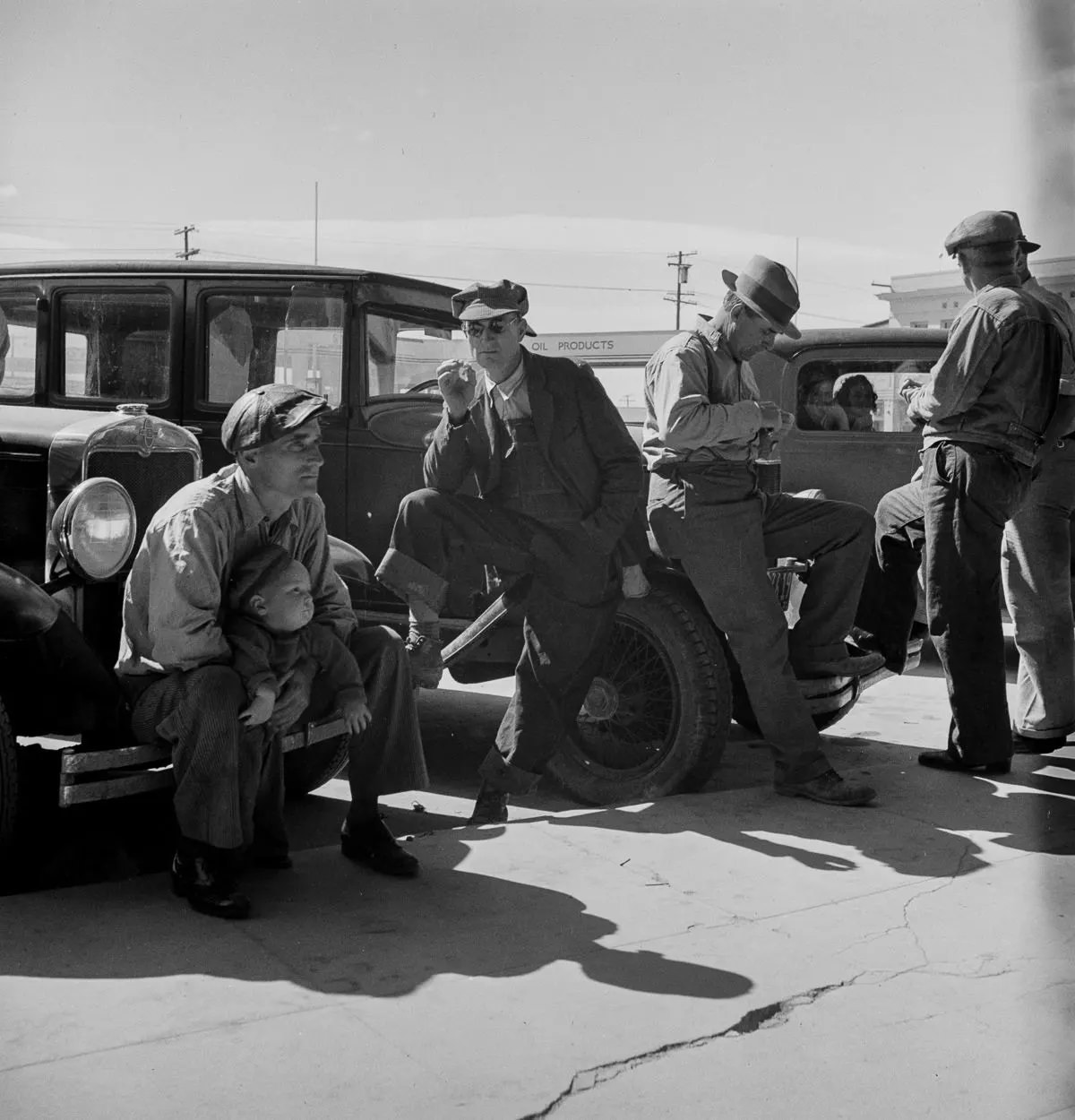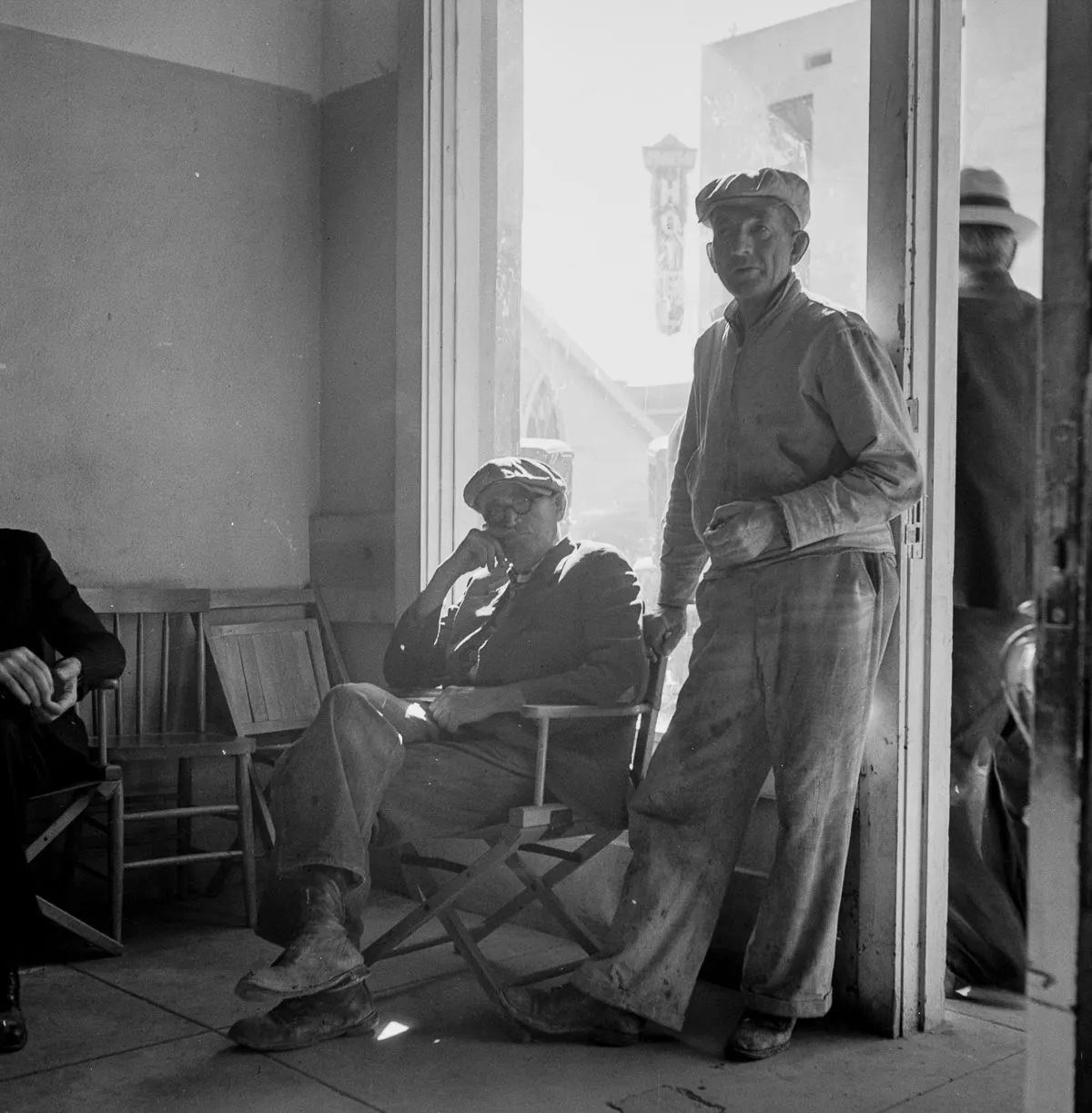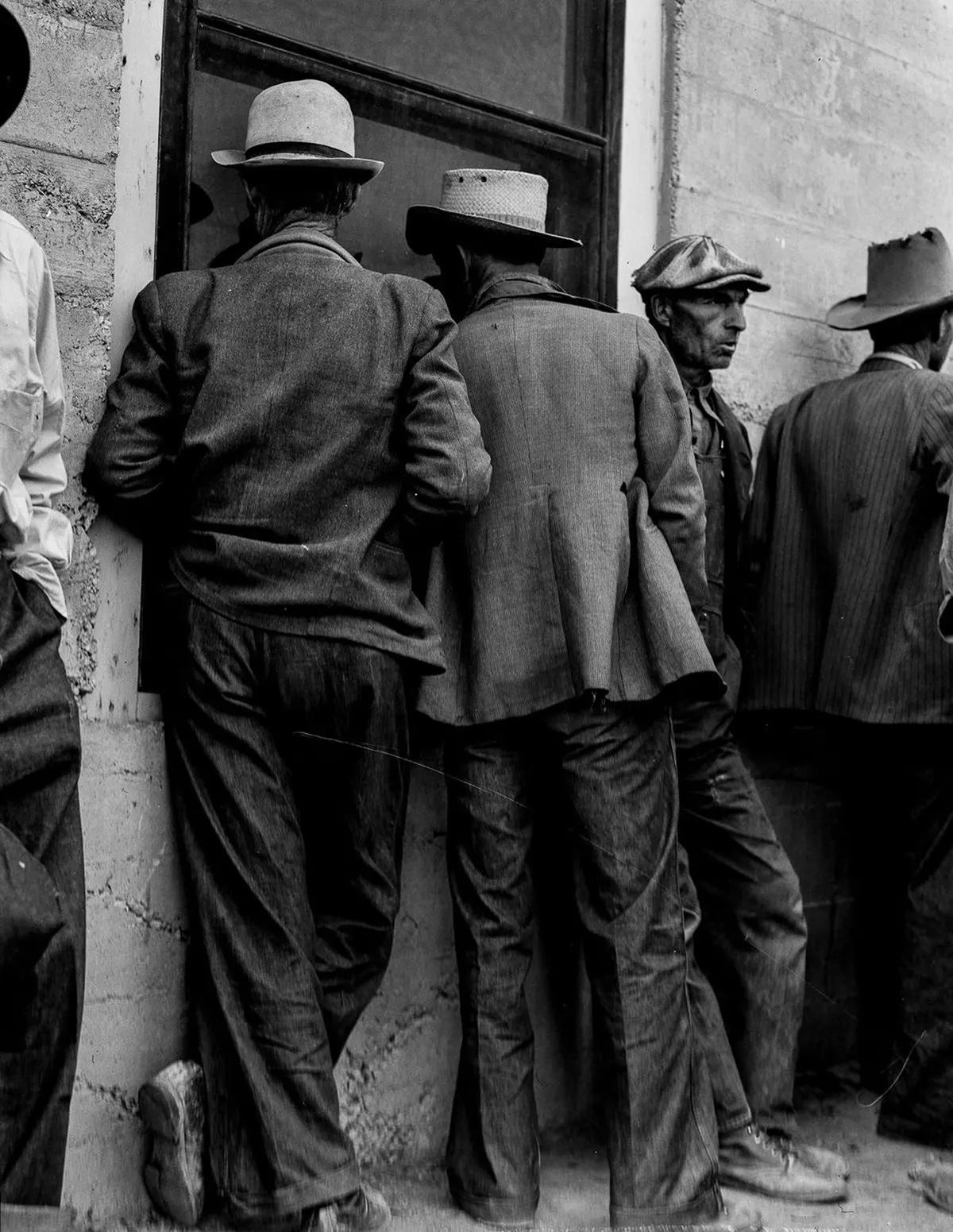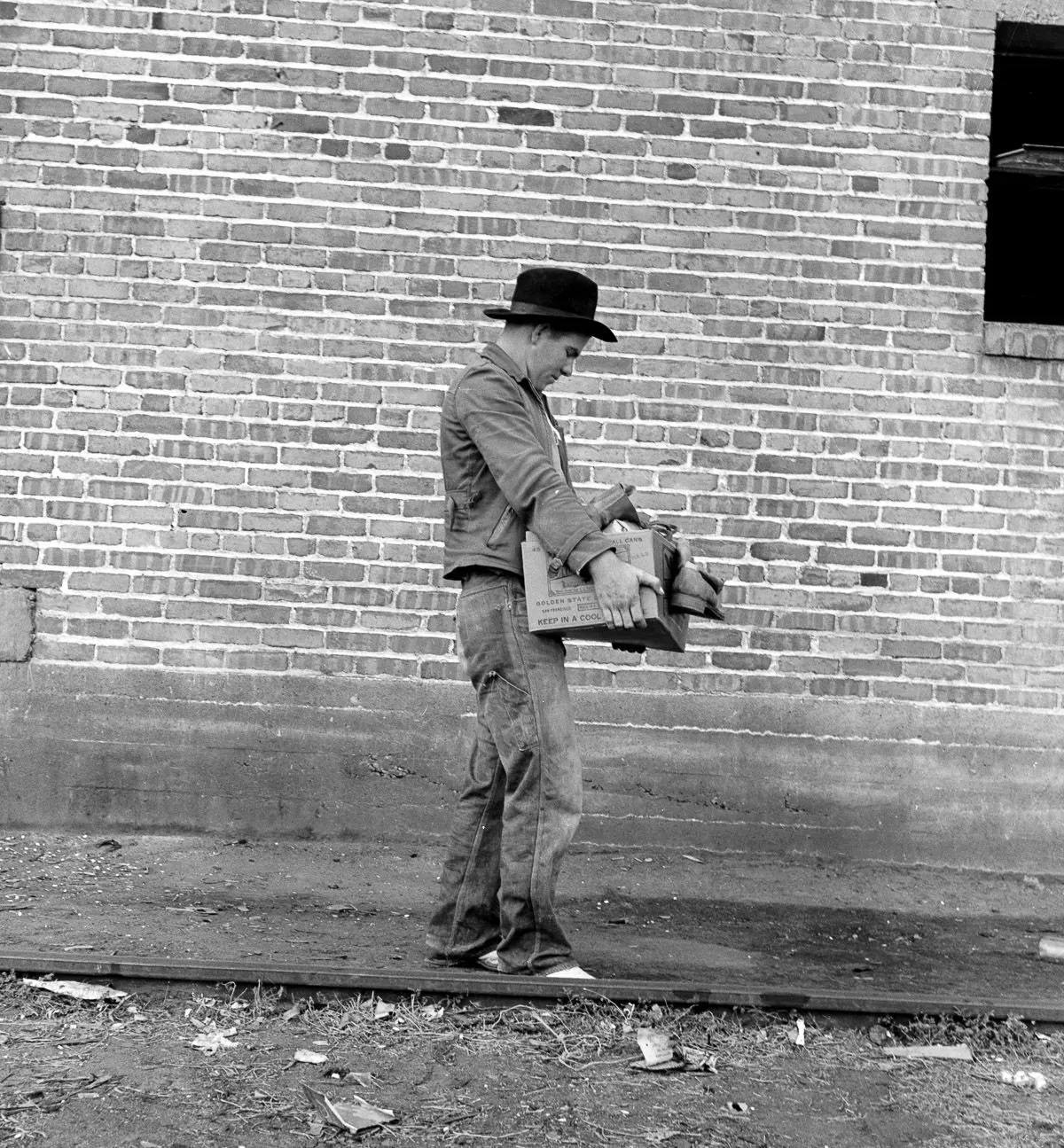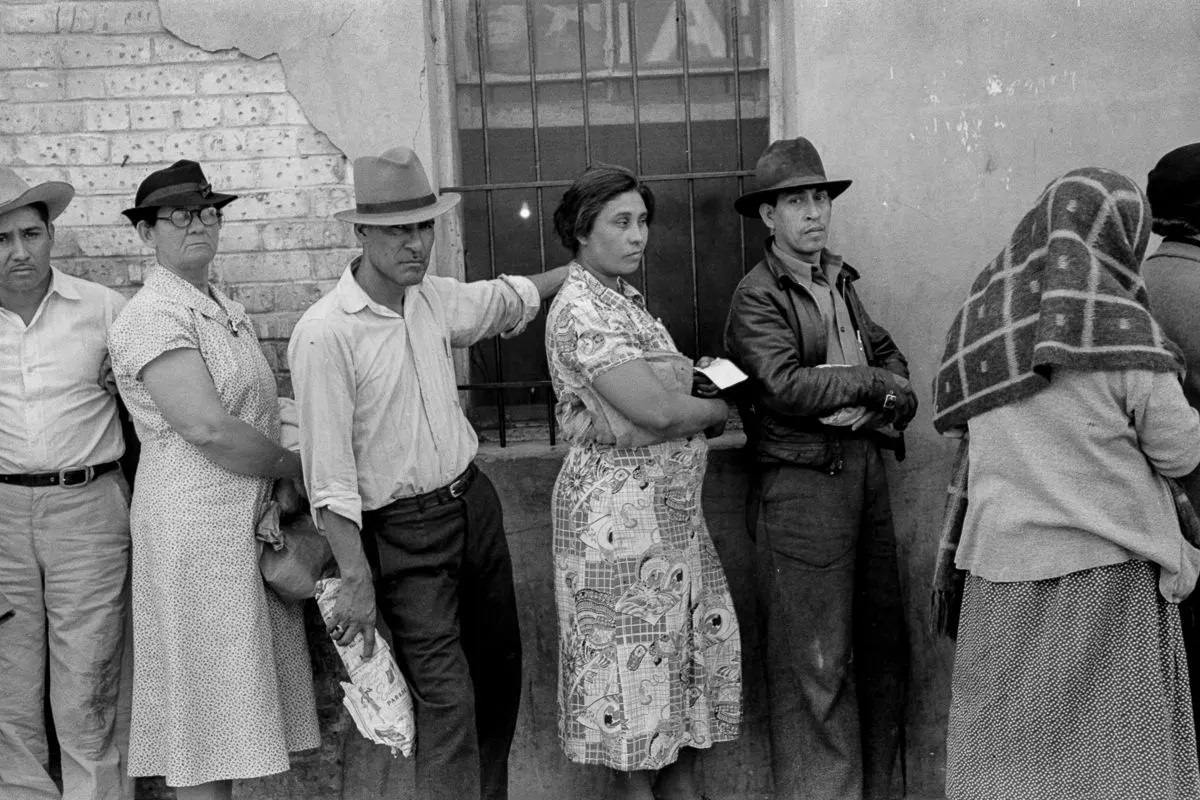The U.S. government established the Farm Security Administration (FSA) in response to the Great Depression and unemployment in the 1930s. Photographers from the United States were employed to document the dire conditions. Under the Department of Agriculture, the Farm Security Administration (FSA) assisted with rural rehabilitation, farm loans, and subsistence homestead programs. Rather than being a relief agency, the FSA relied on a network of state and county offices to determine which clients needed loans that could not be obtained anywhere else. A farmer could use these funds to purchase land, equipment, livestock, or seeds. The FSA provided healthcare, education, and training programs to participate families. The aim was to help families become self-sufficient.
In daily life, households adopted a new level of frugality. Kitchen gardens were kept, worn-out clothes were patched, and many people slept hungrily. Stress from financial strain took a toll on men, especially those who were suddenly unable to provide for their families. In 1933, the number of suicides reached its highest level ever. Marriages strained, but many couples couldn’t afford to separate. Divorce rates declined, but abandonments increased. After abandoning their families in embarrassment or frustration, more than two million men and women became traveling hobos.
Before the Great Depression, most Americans opposed government welfare programs. Despite the changing attitudes toward government assistance, many families still saw going on welfare as a painful and humiliating experience. In some towns, welfare recipients’ names were published in newspapers.
The historical photos depict agricultural labourers’ acute anxiety and stasis as they wait in line for the emergency aids that will keep them and their families alive for another few days.


